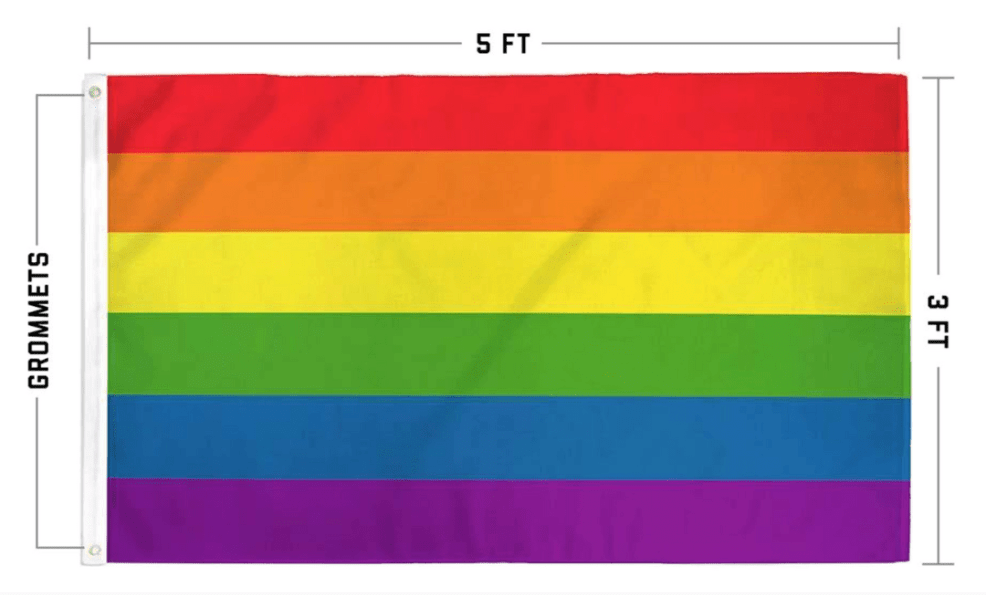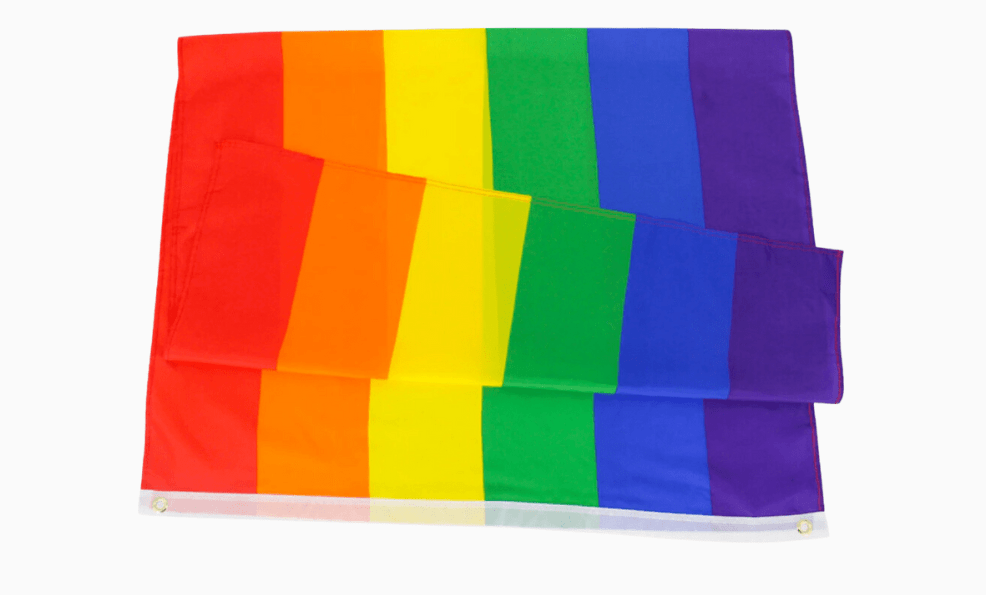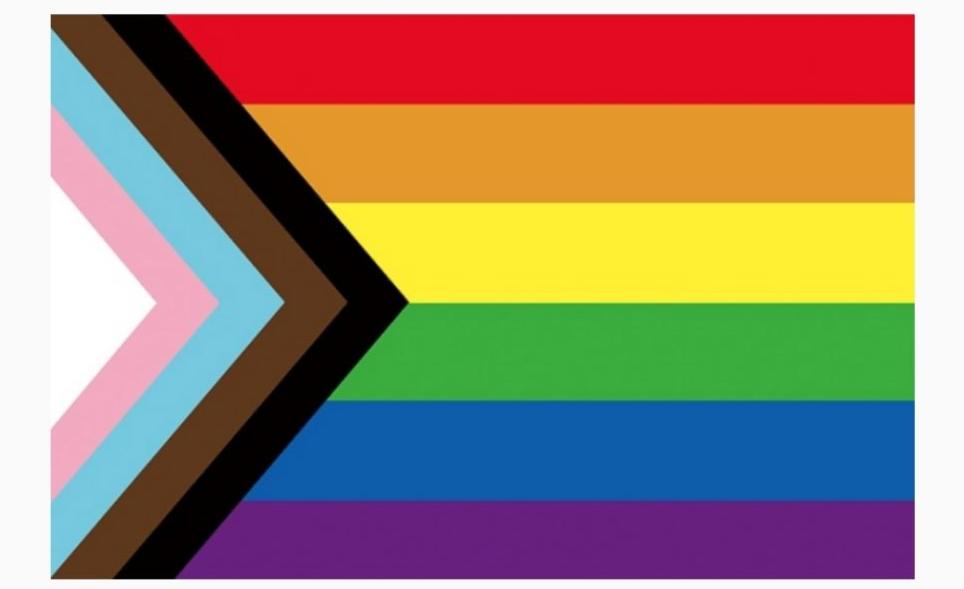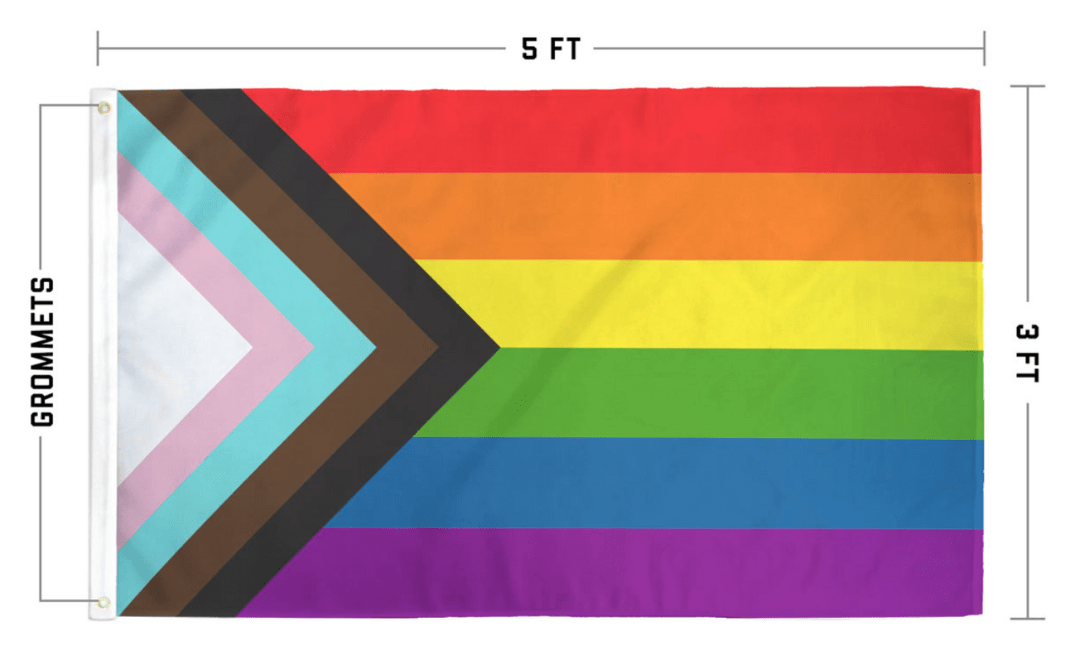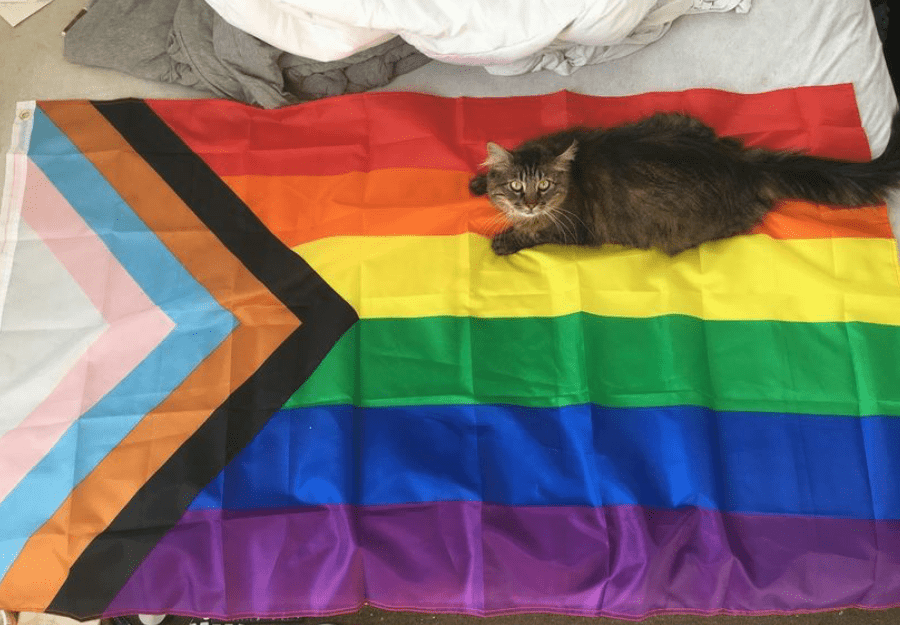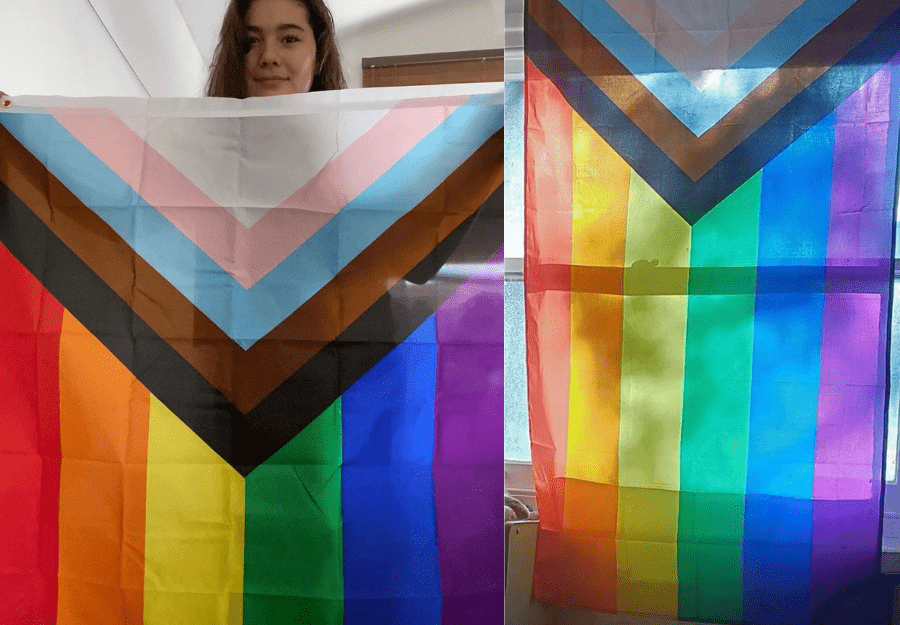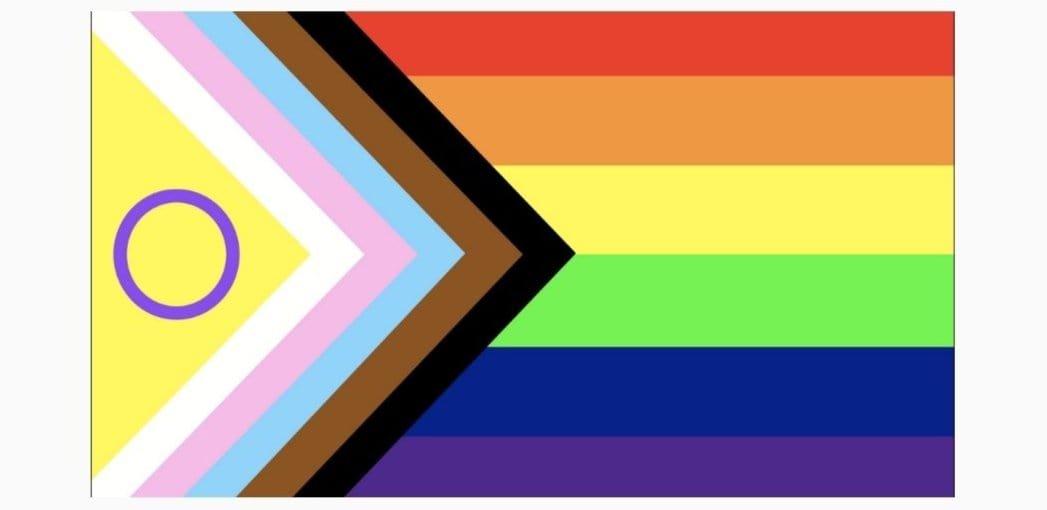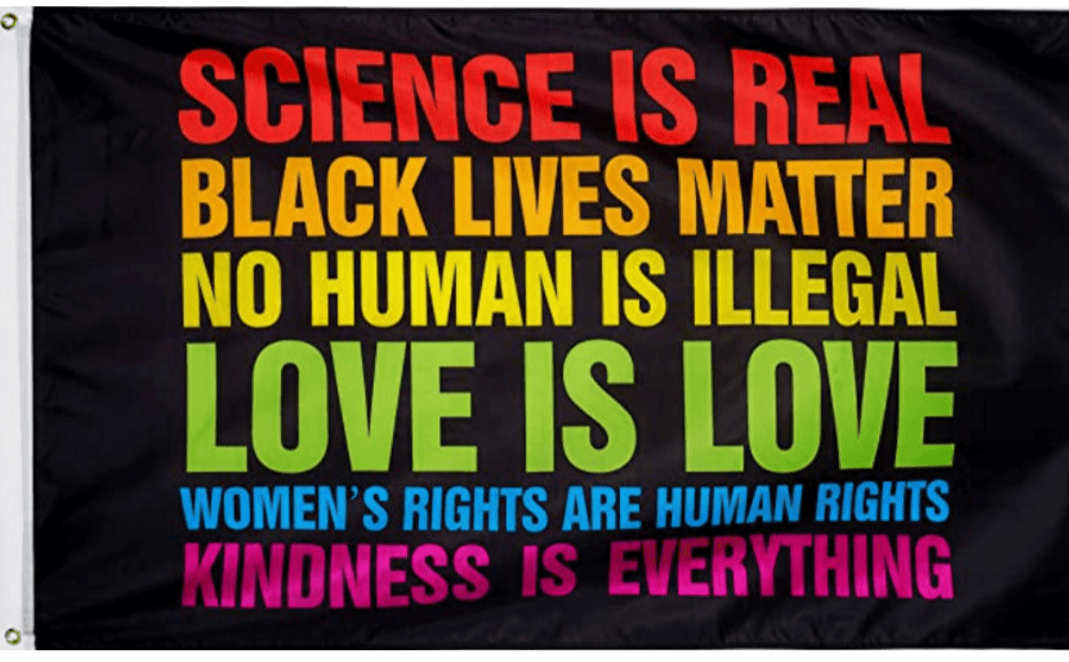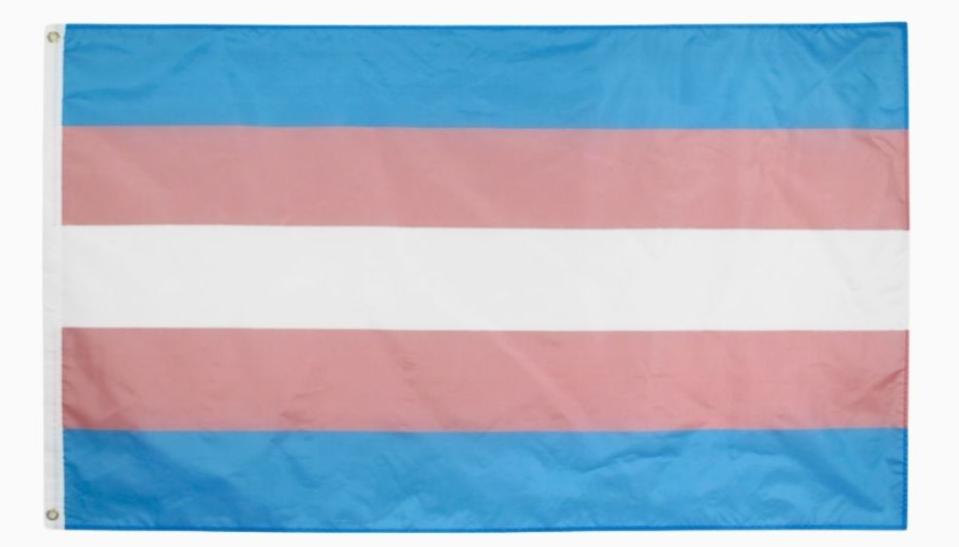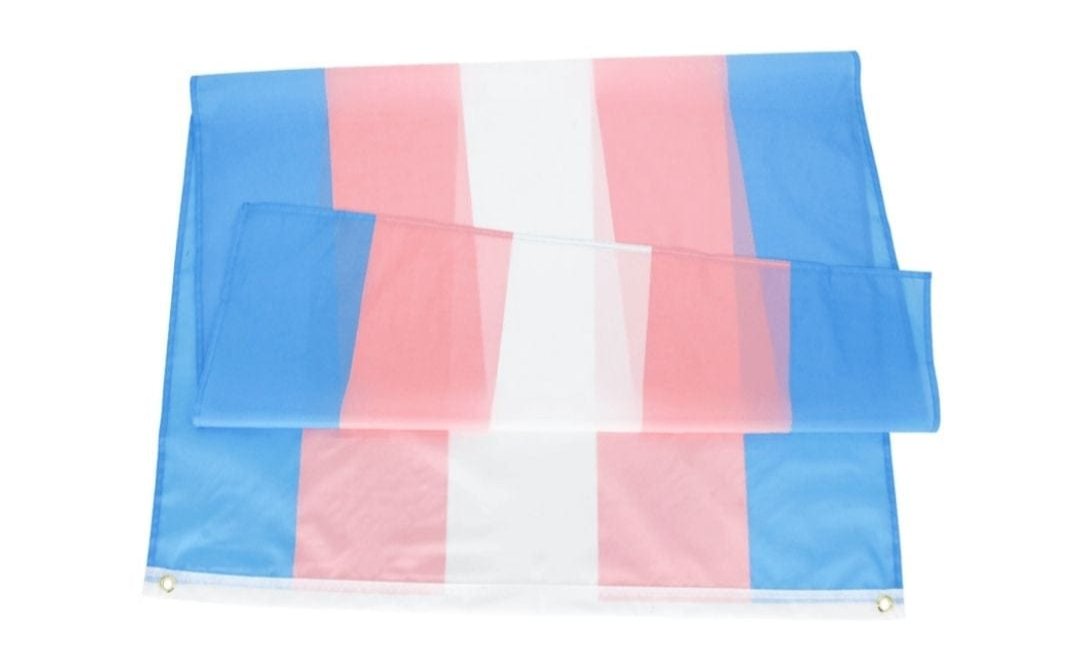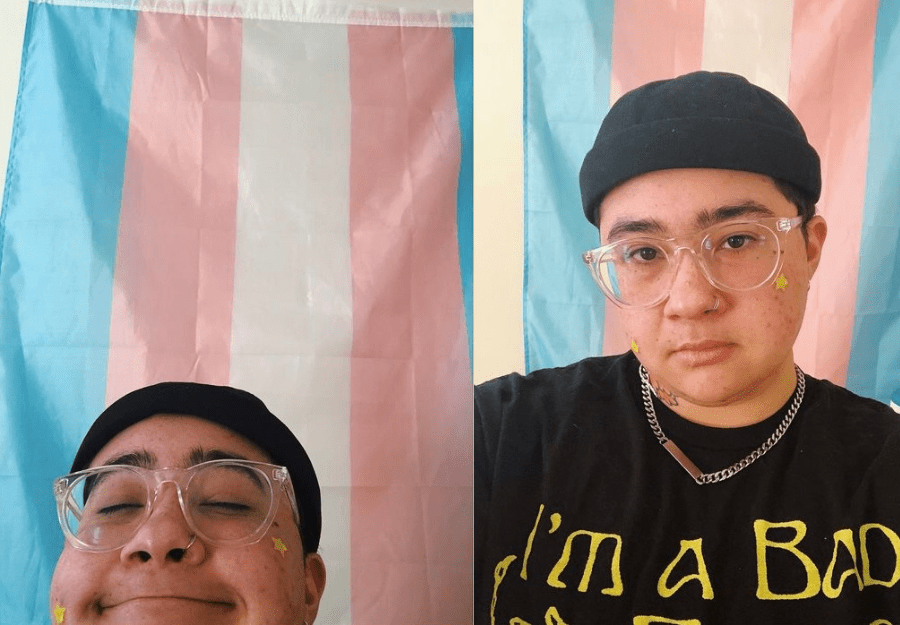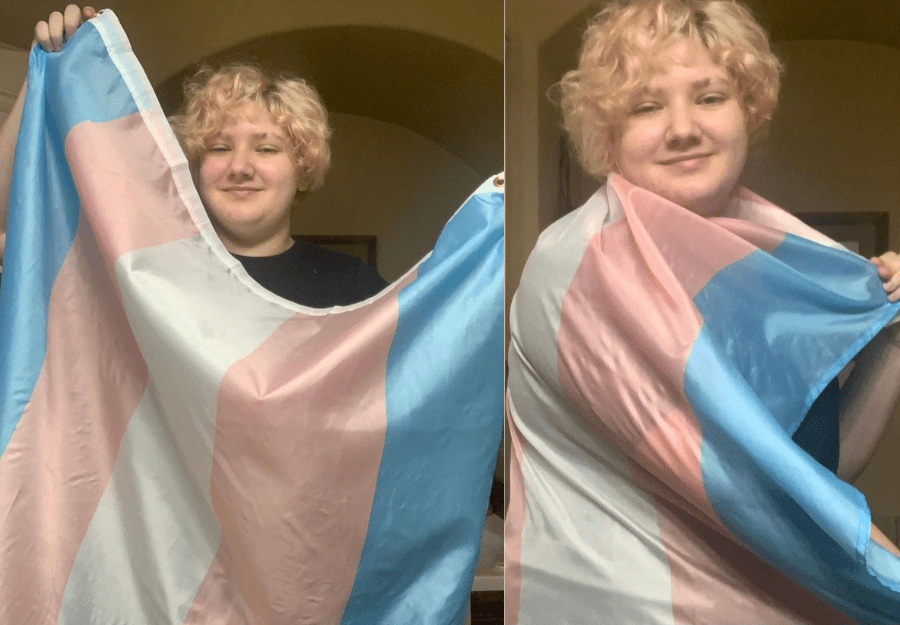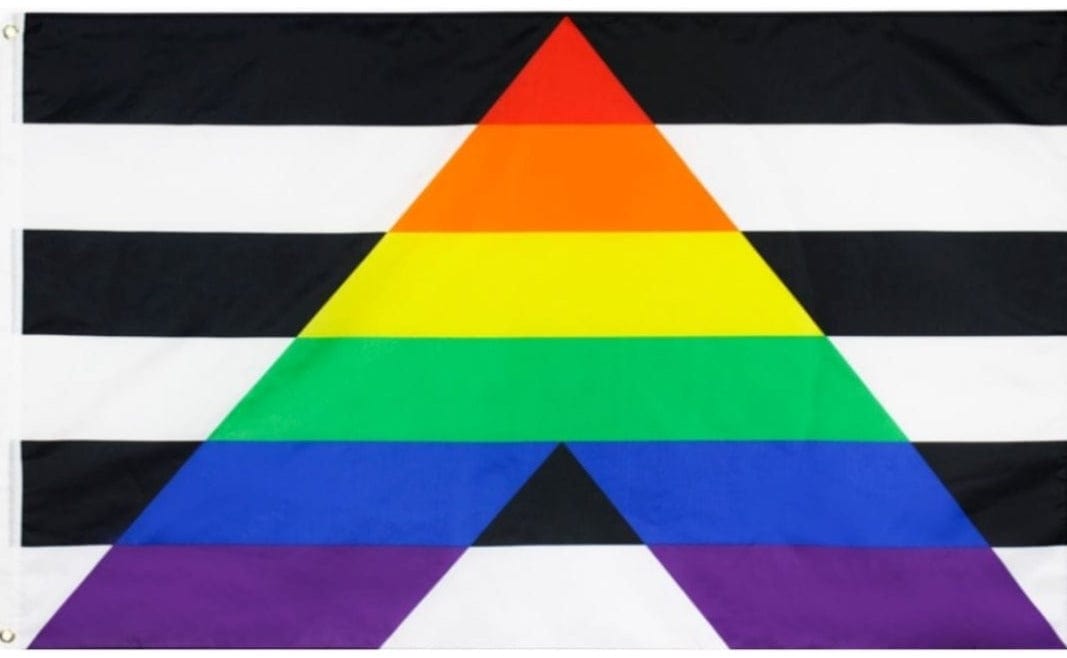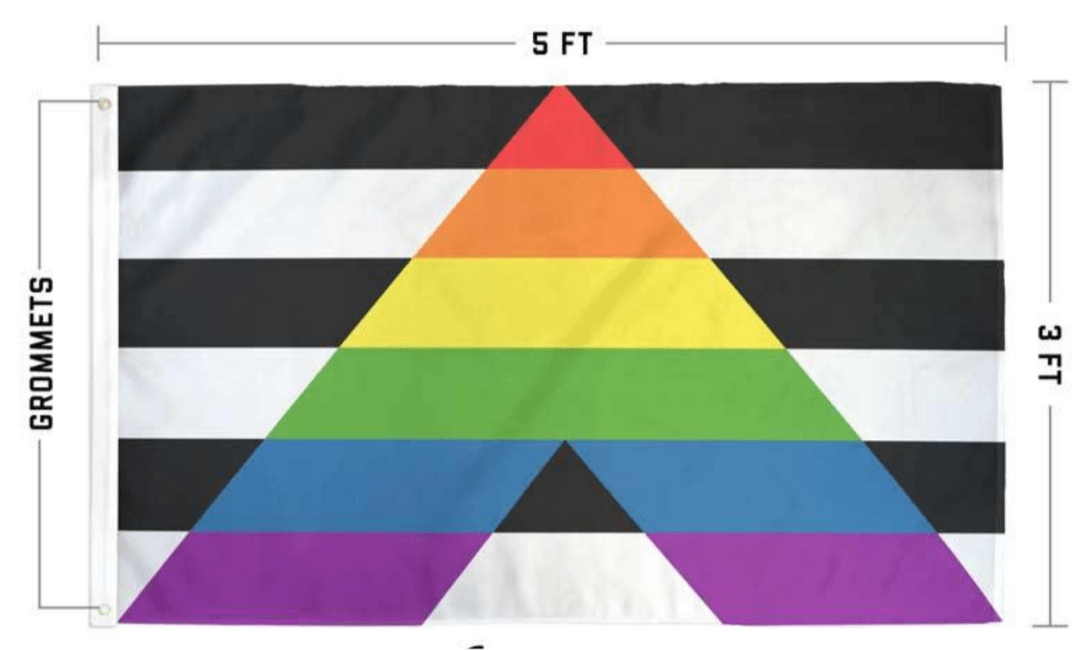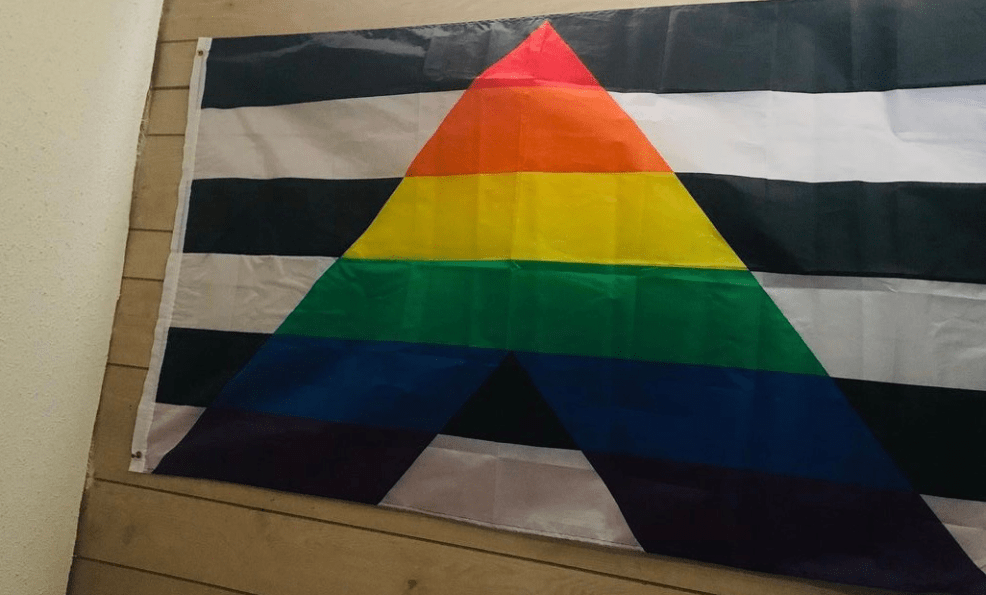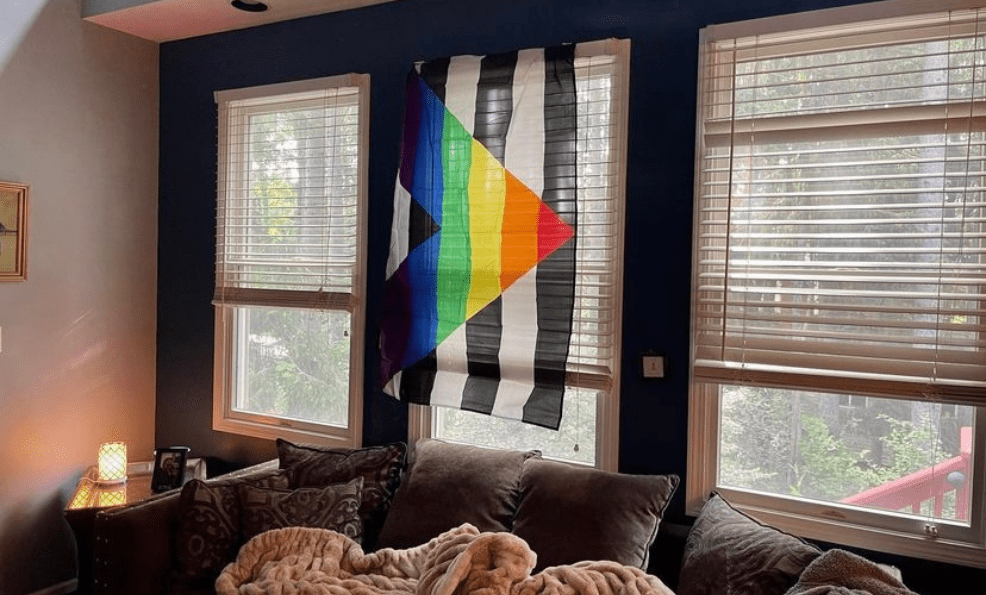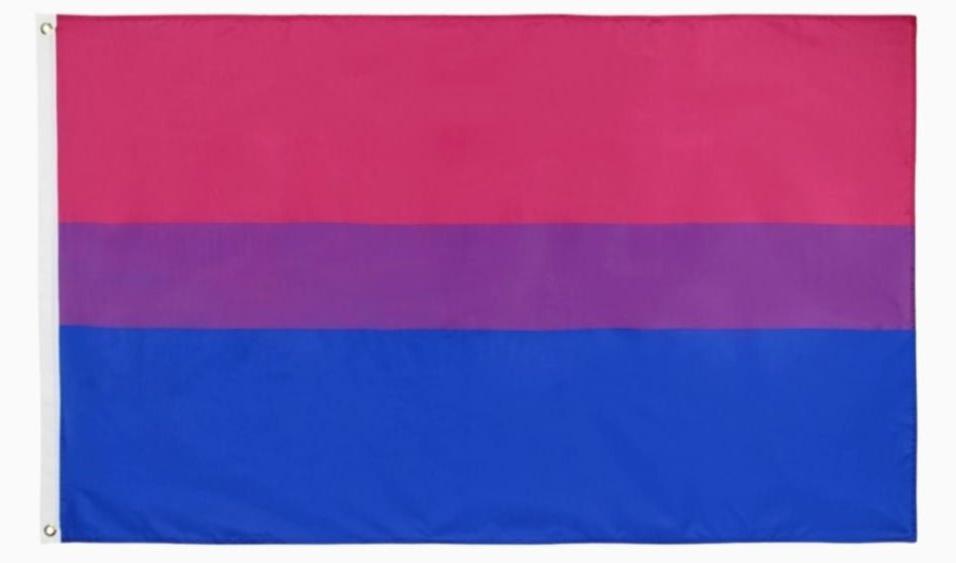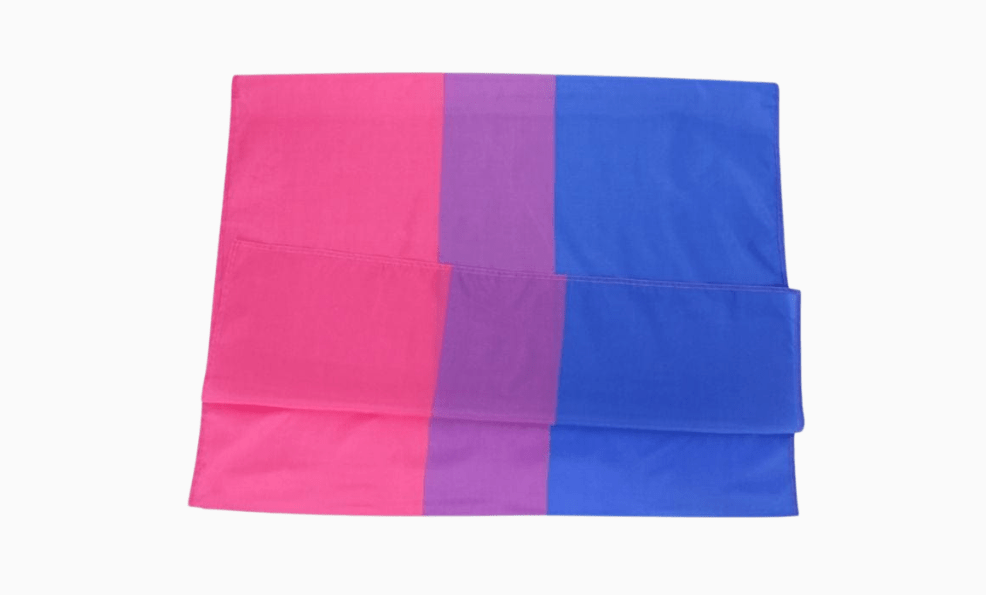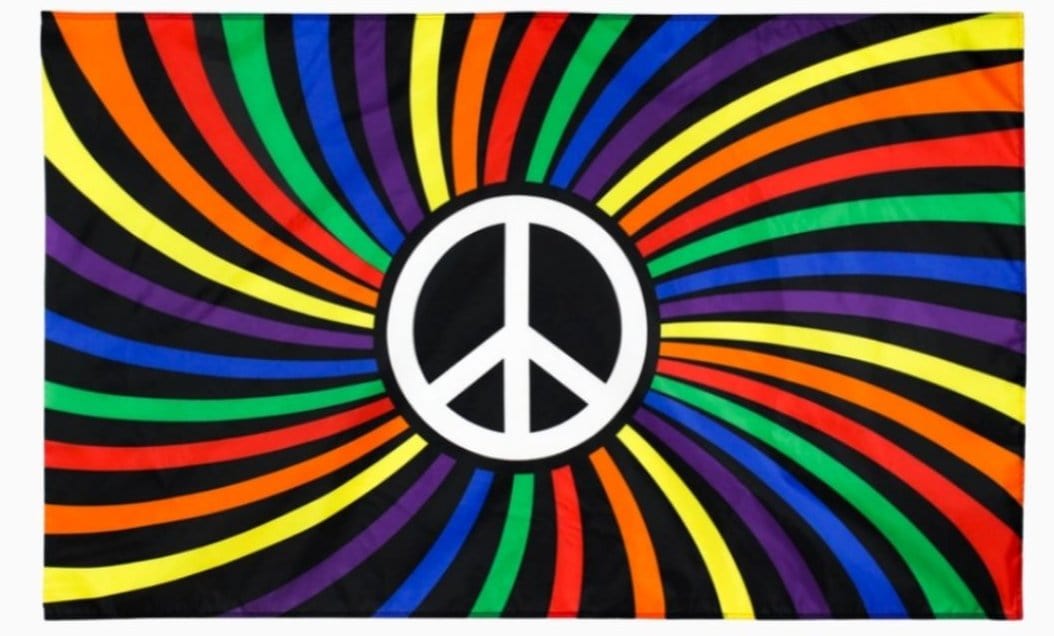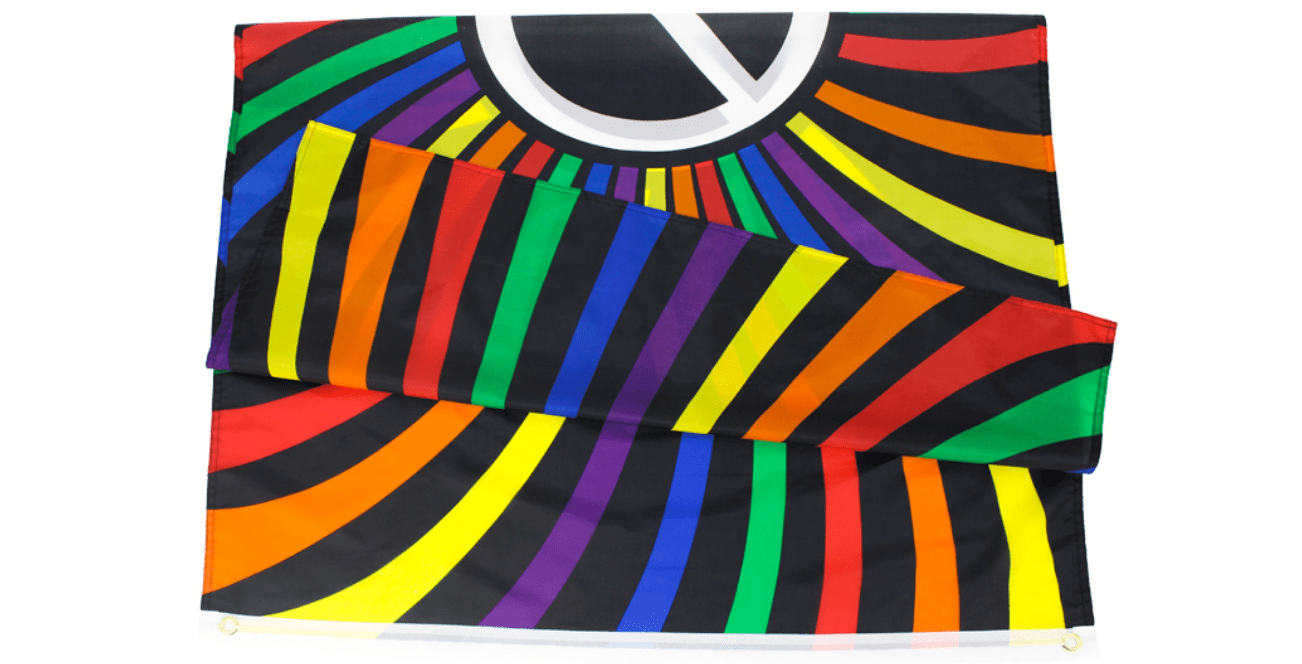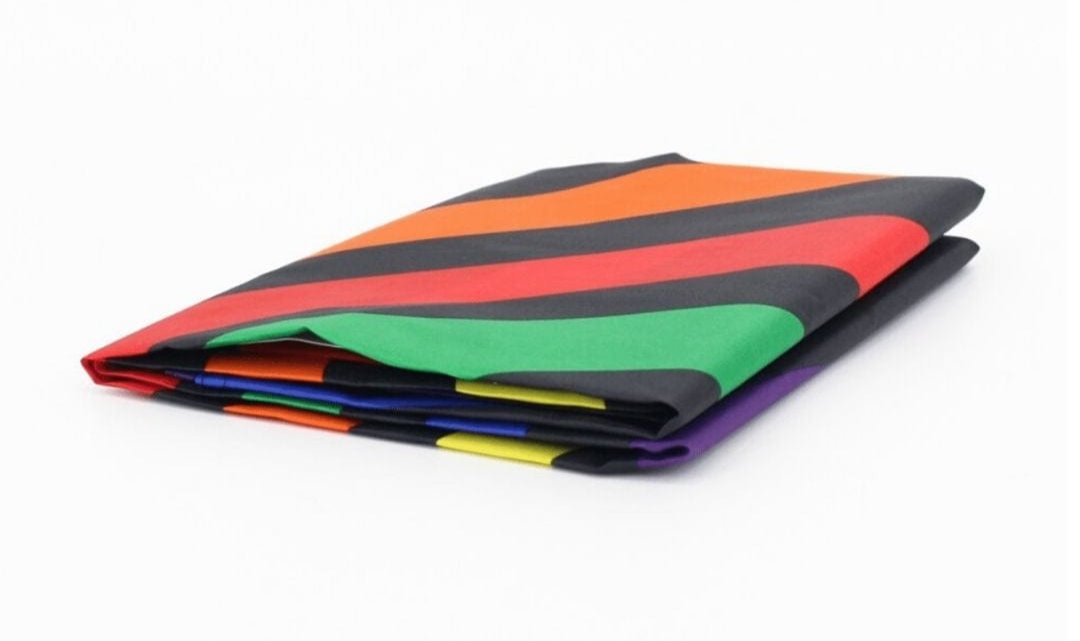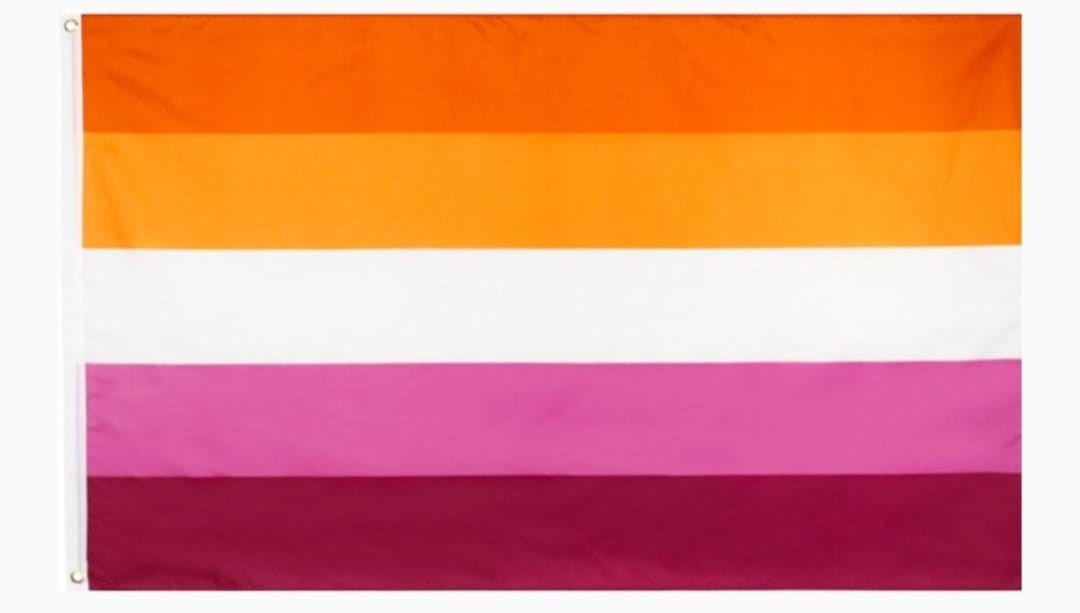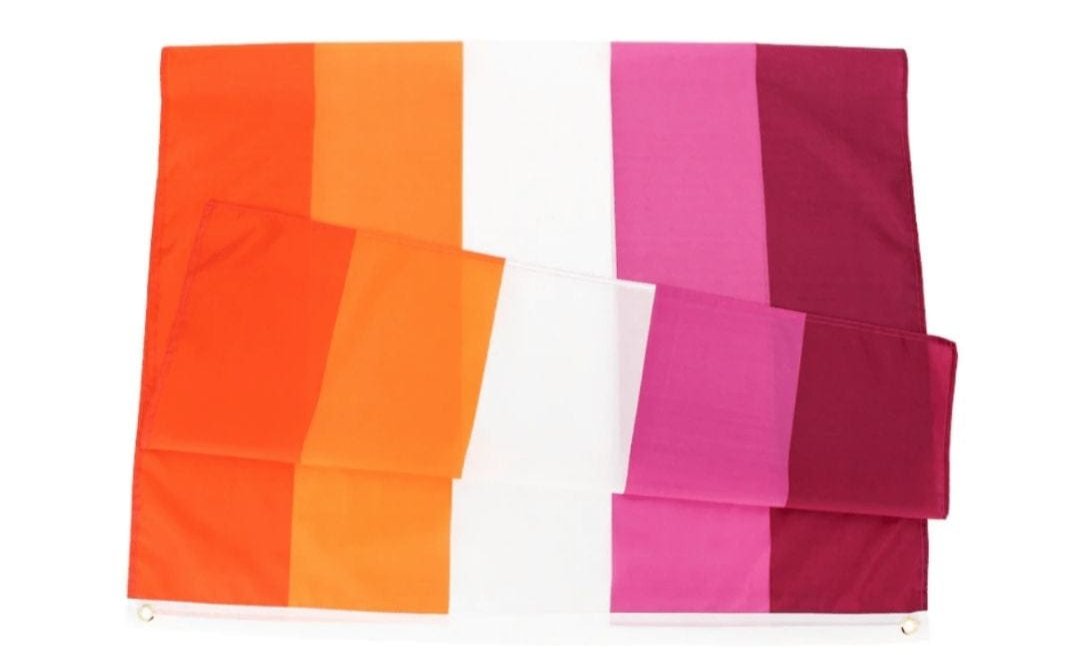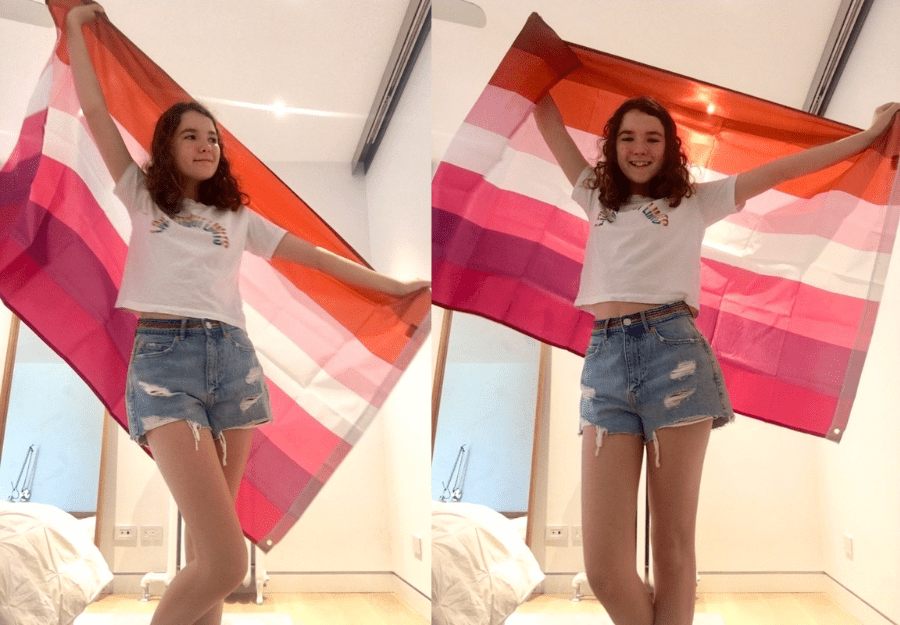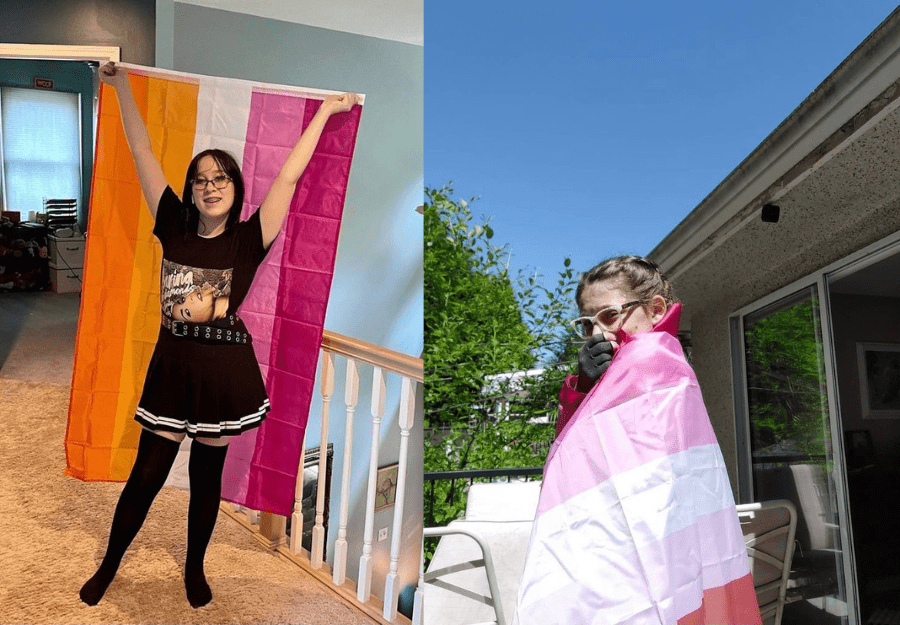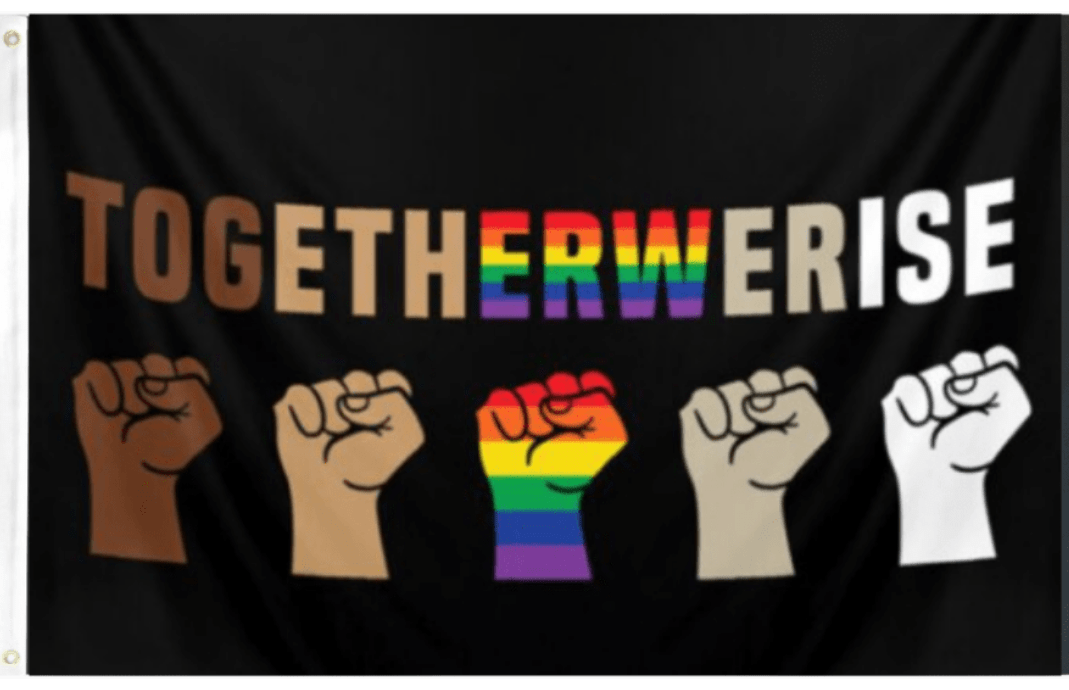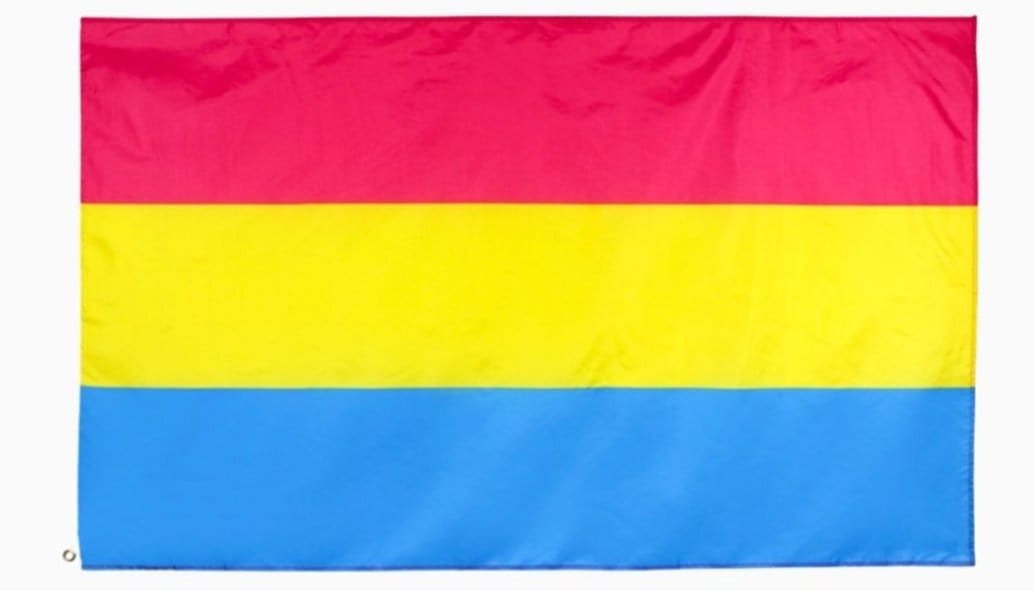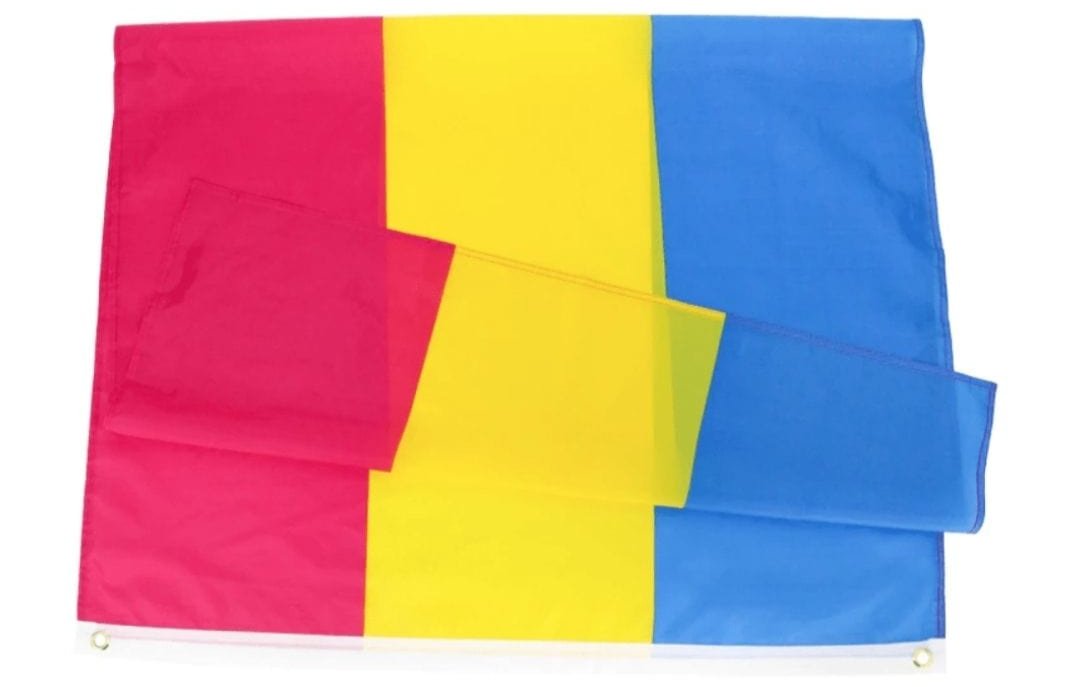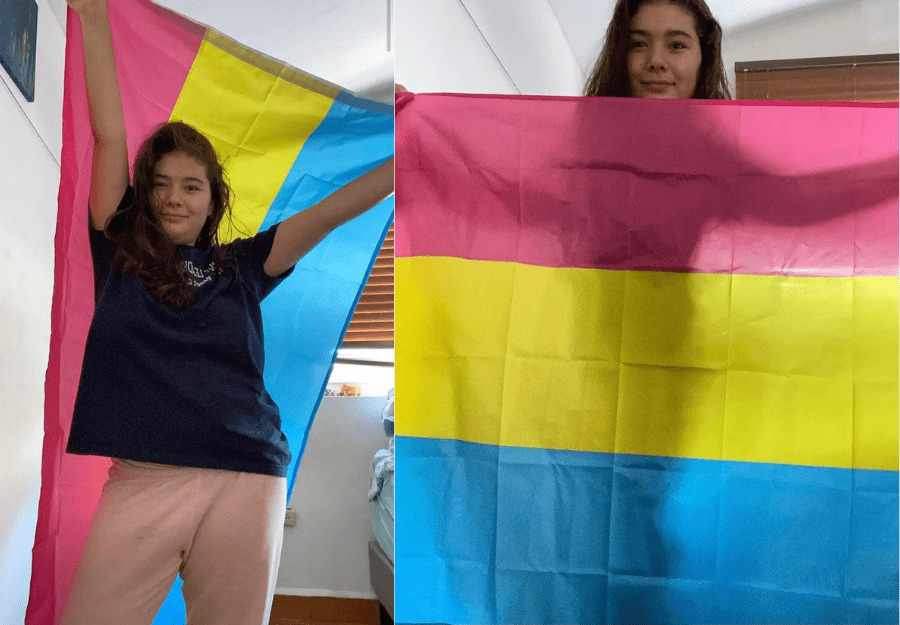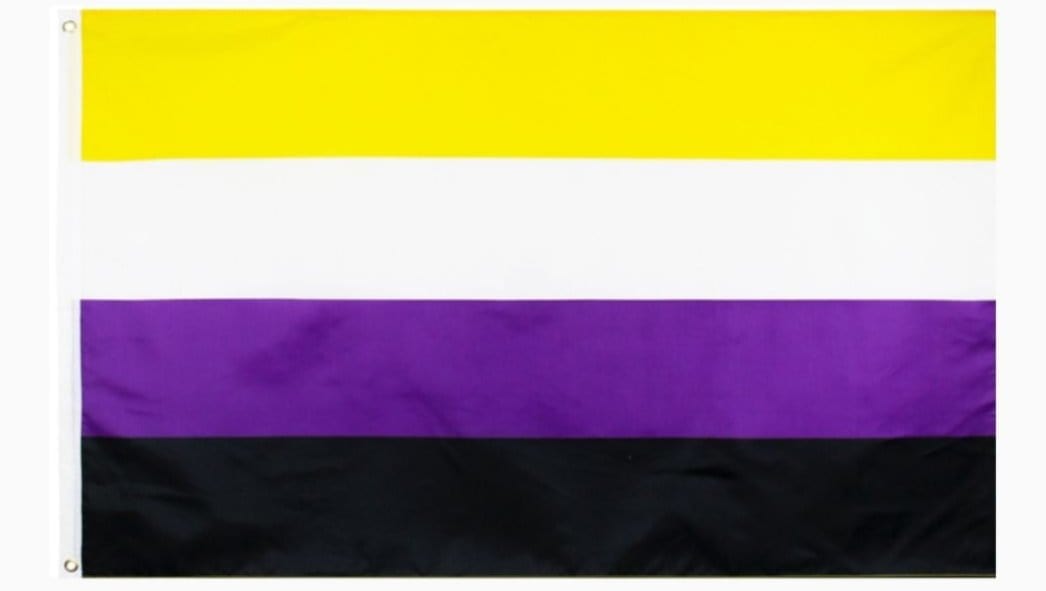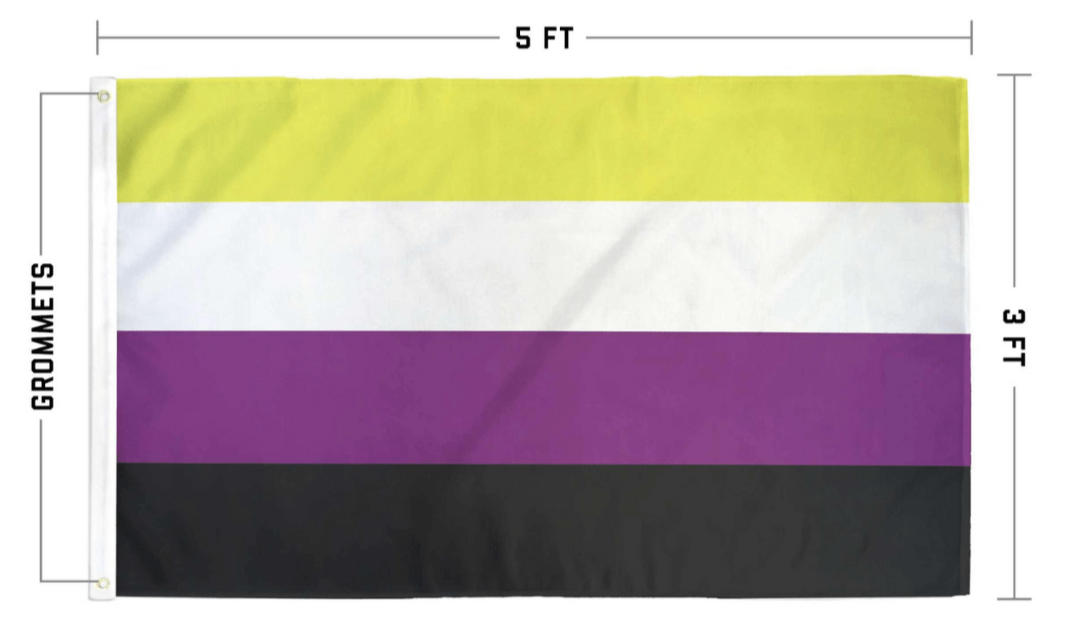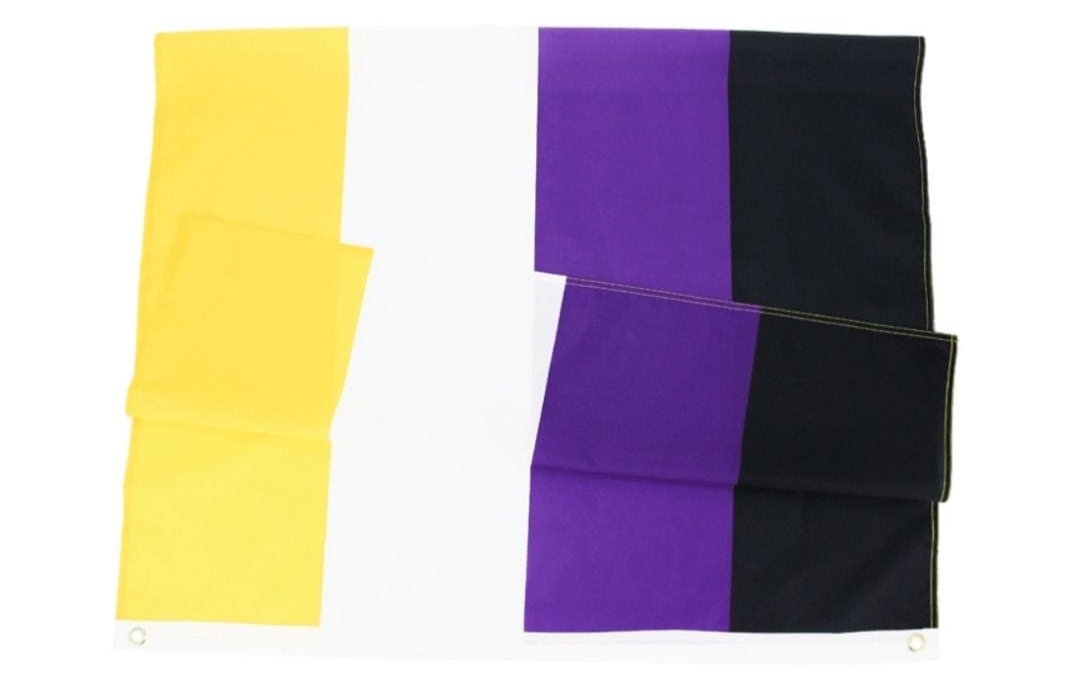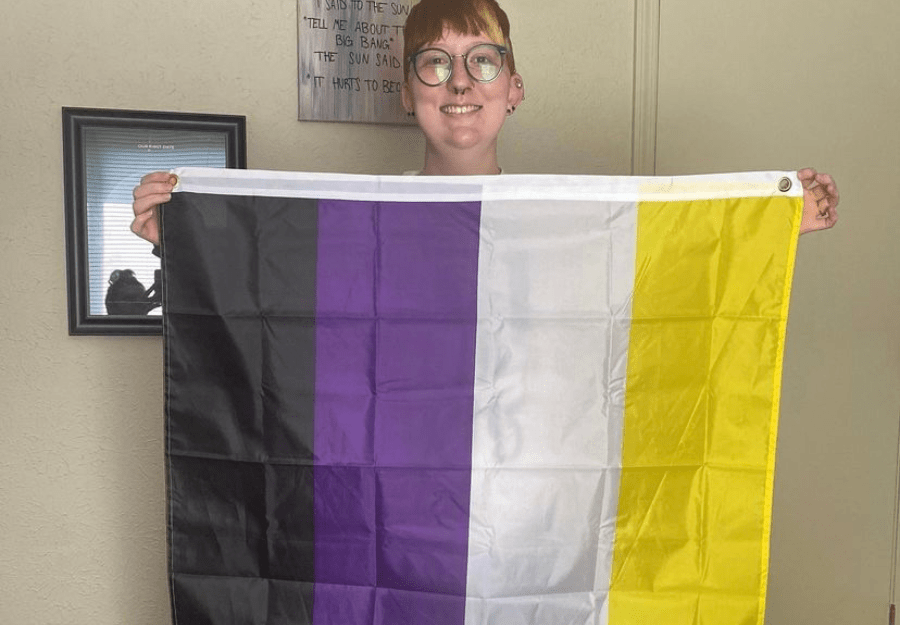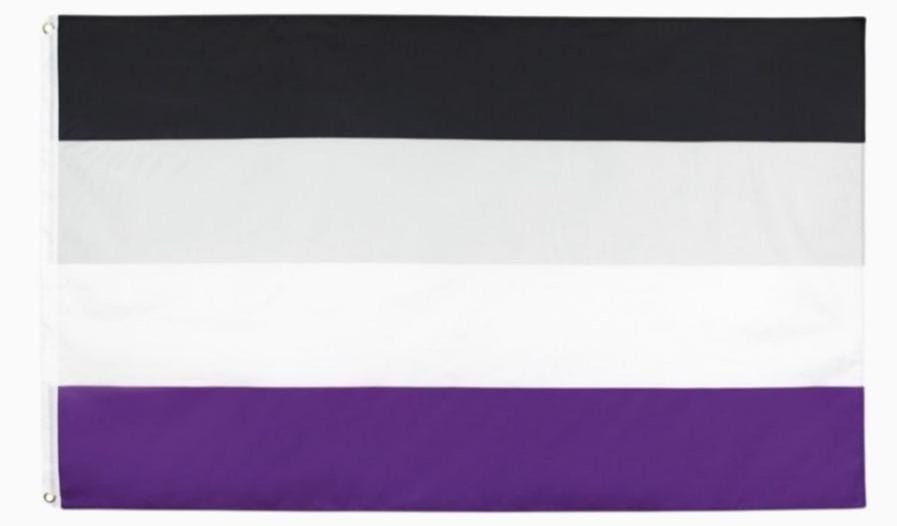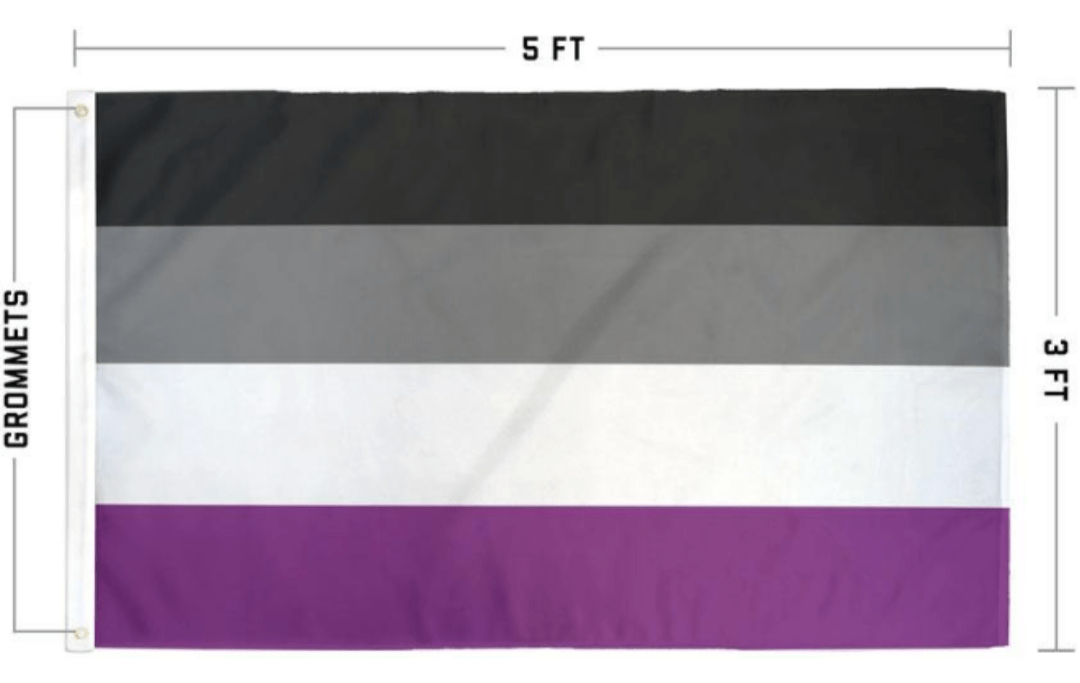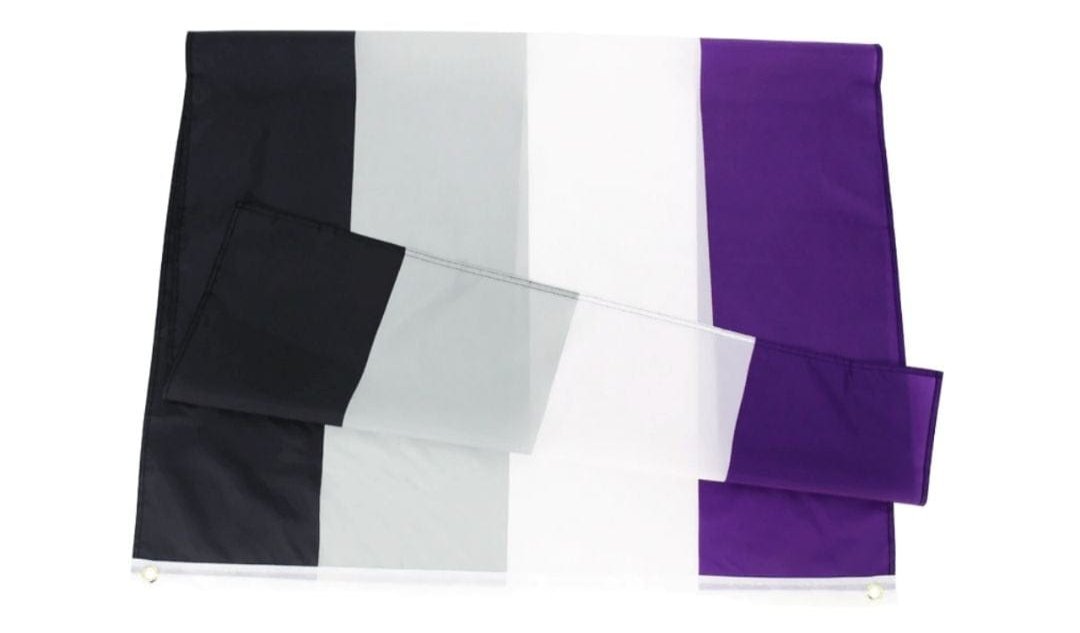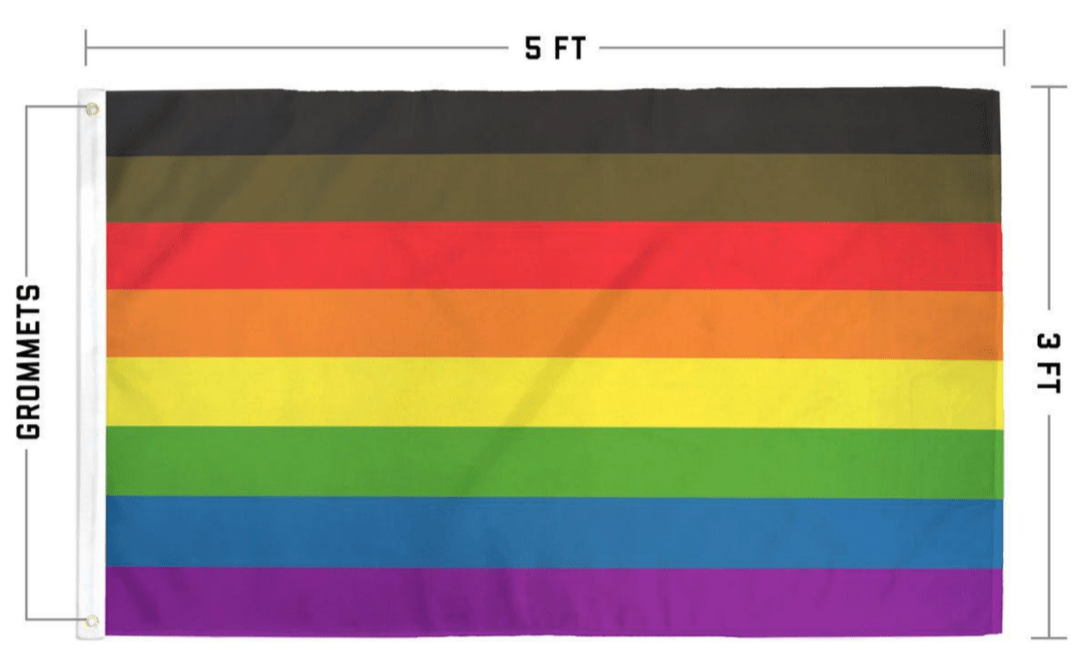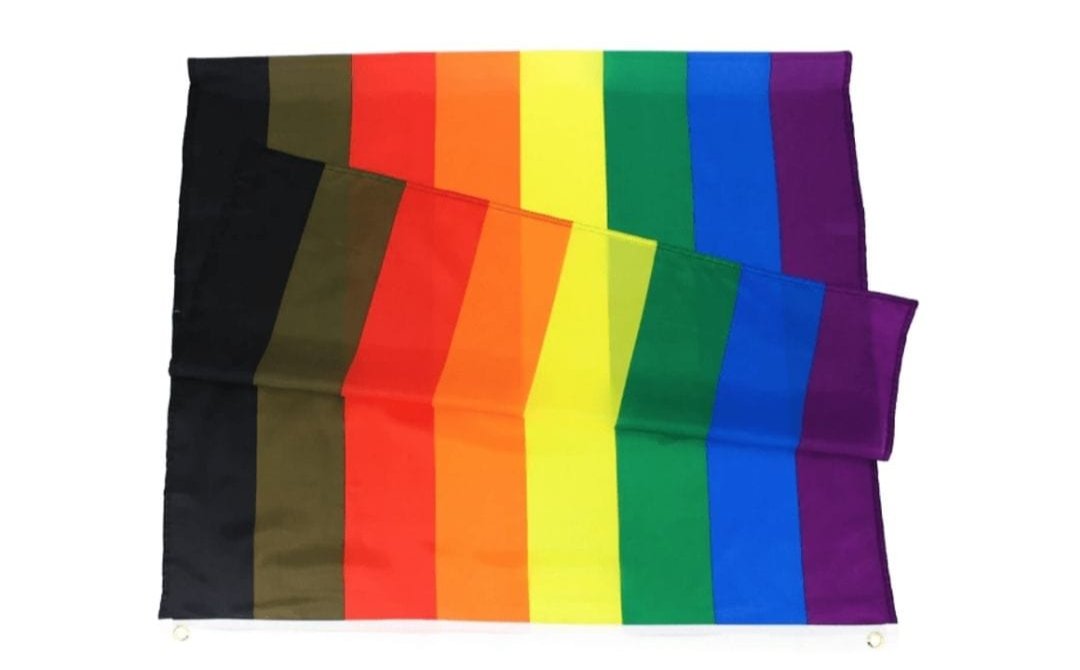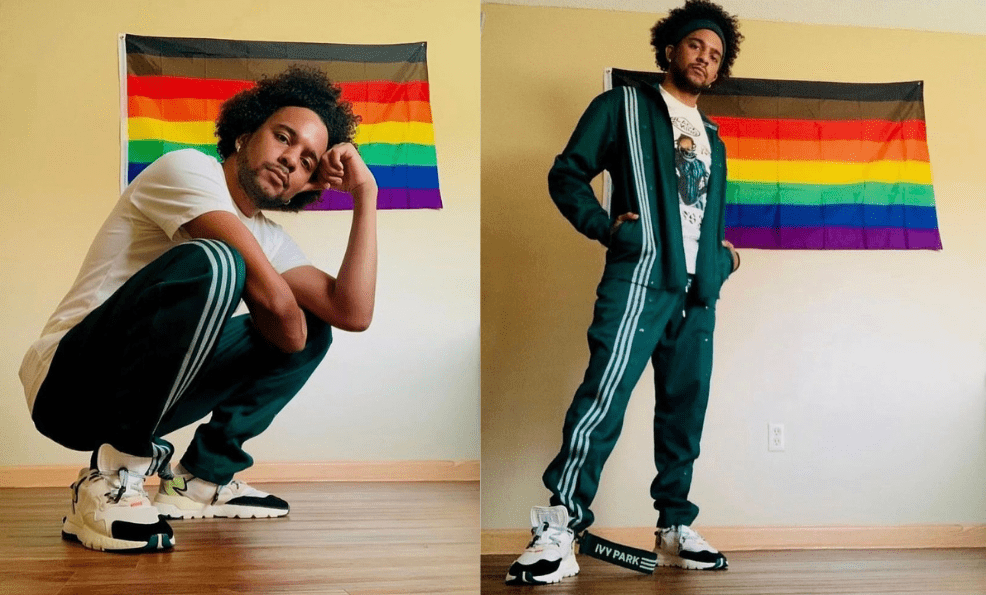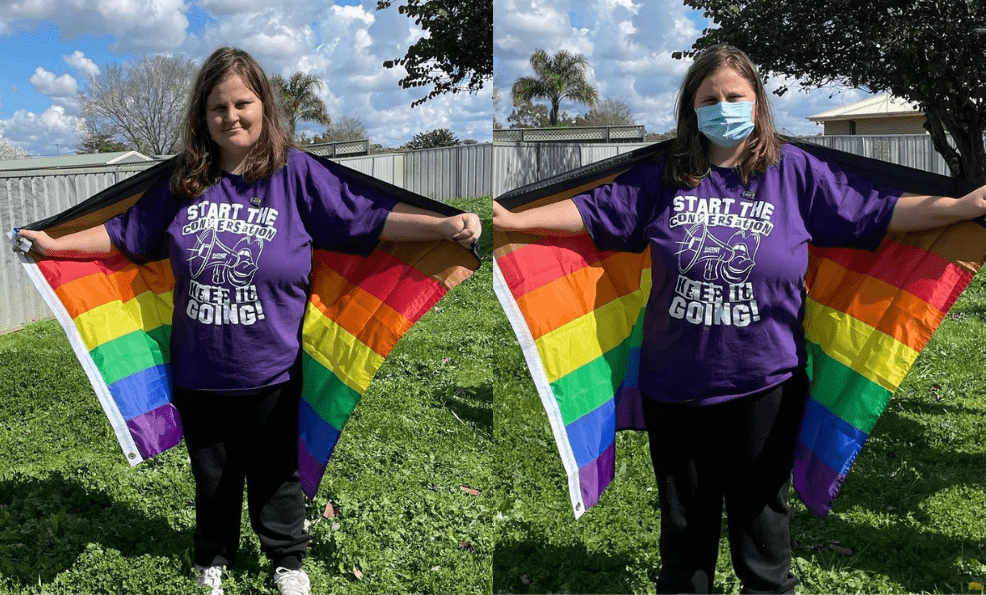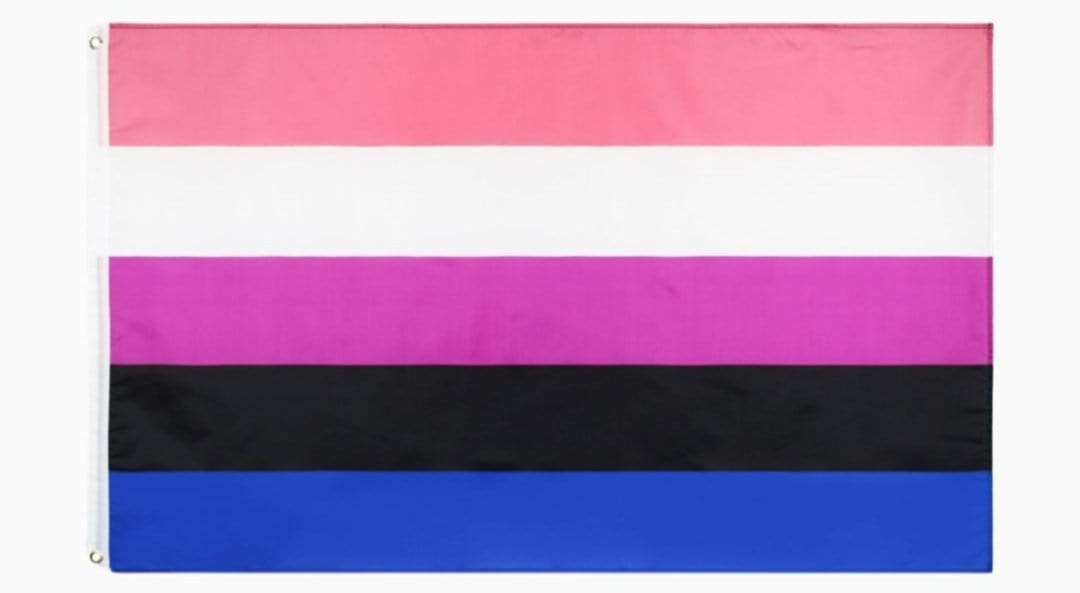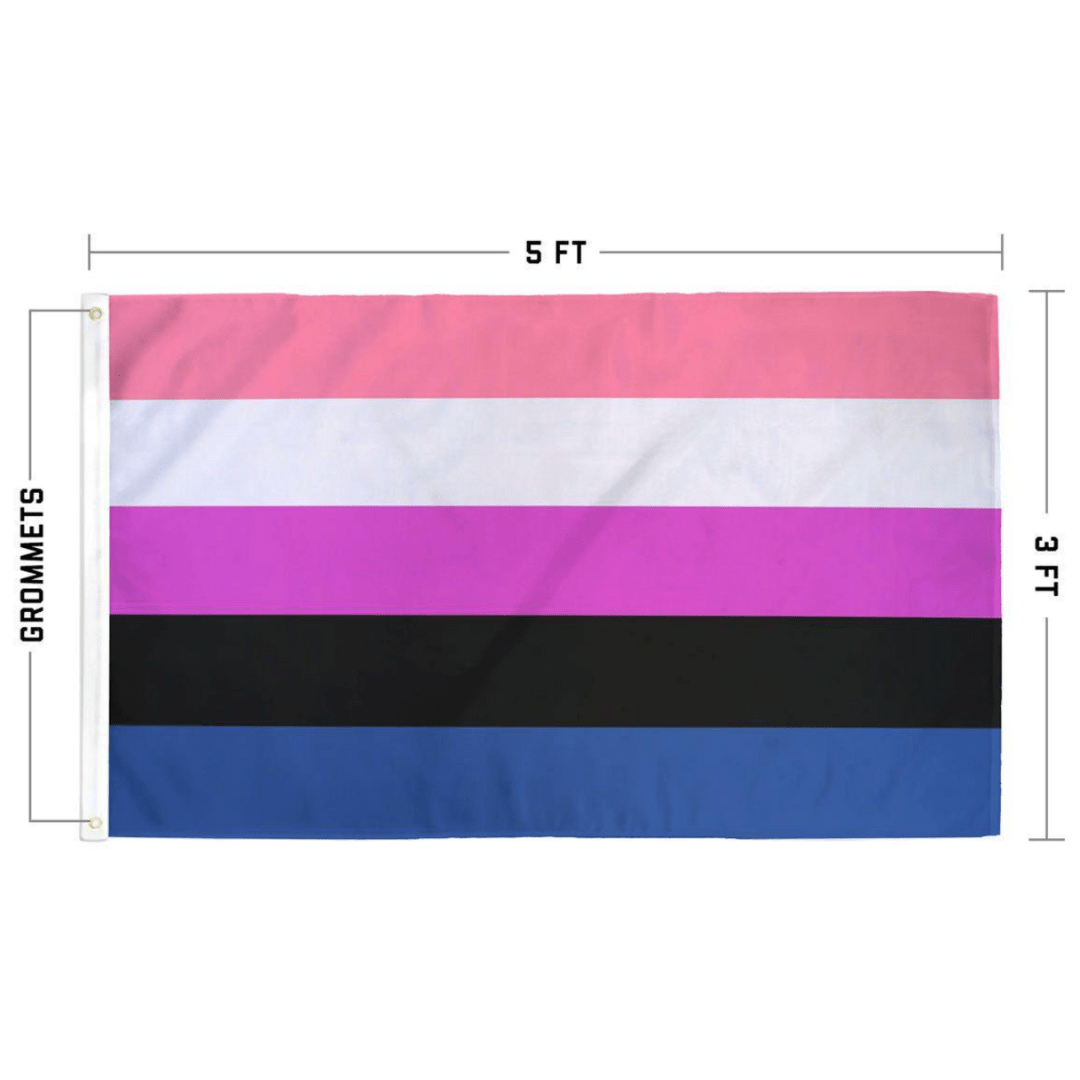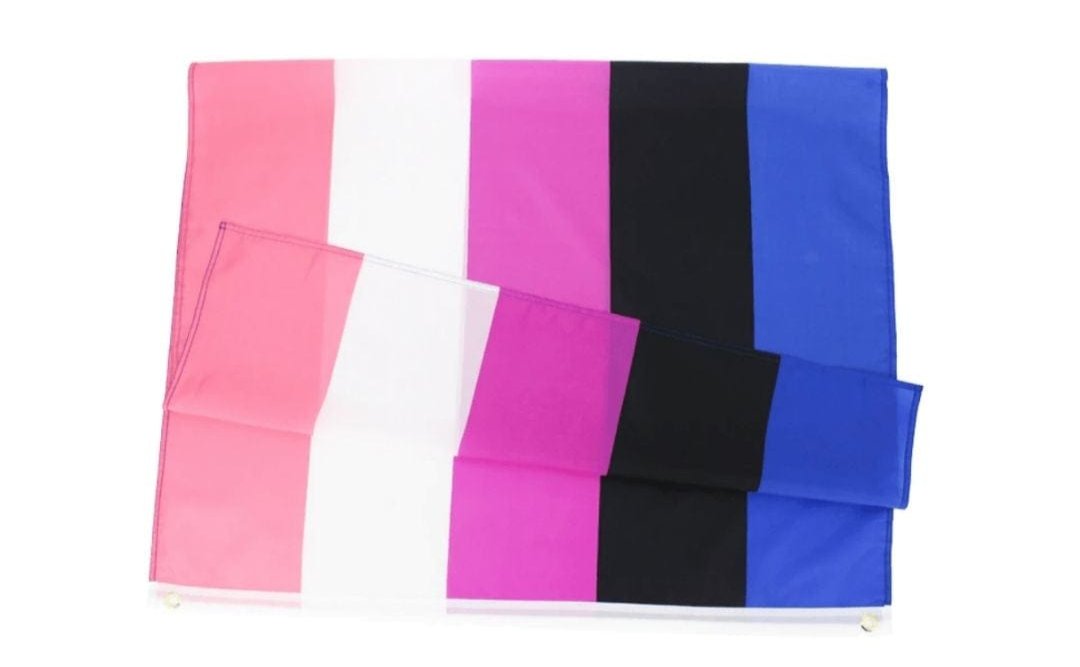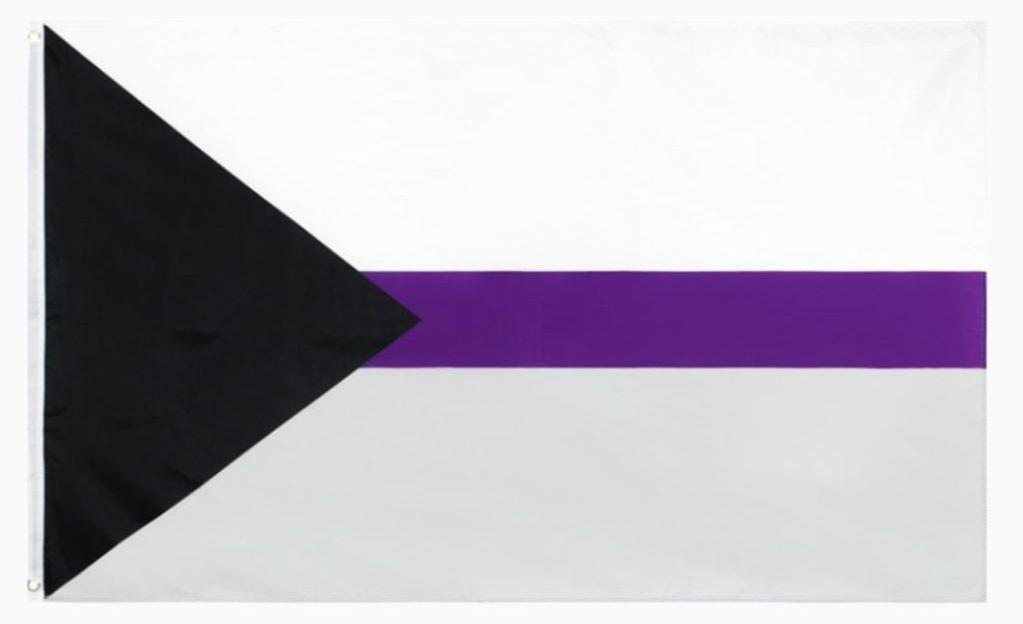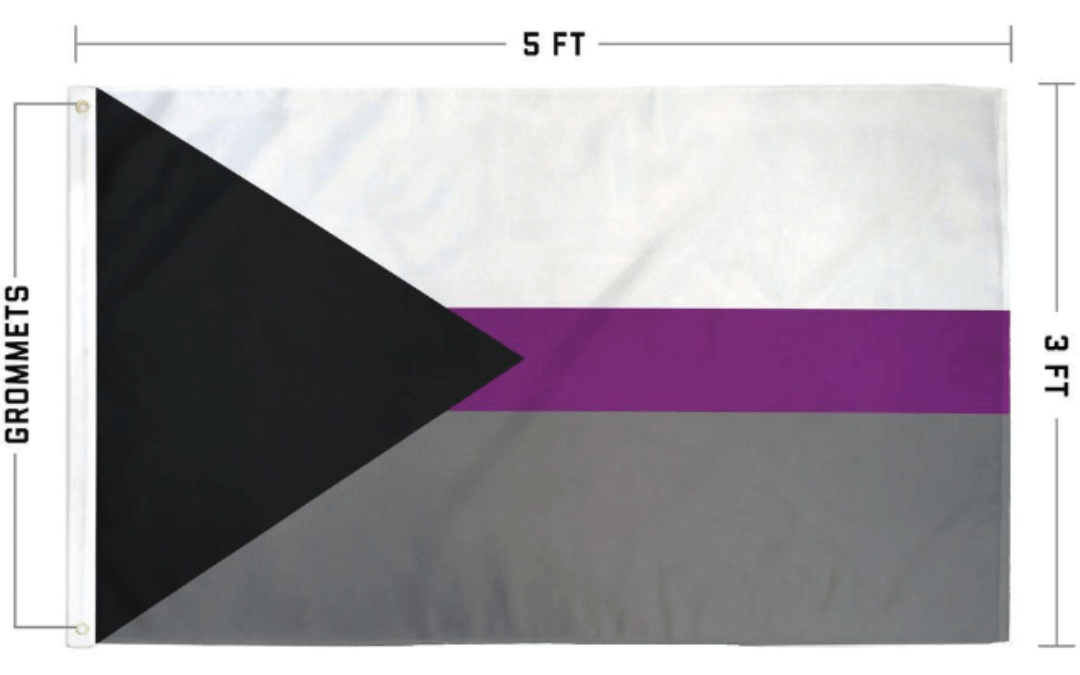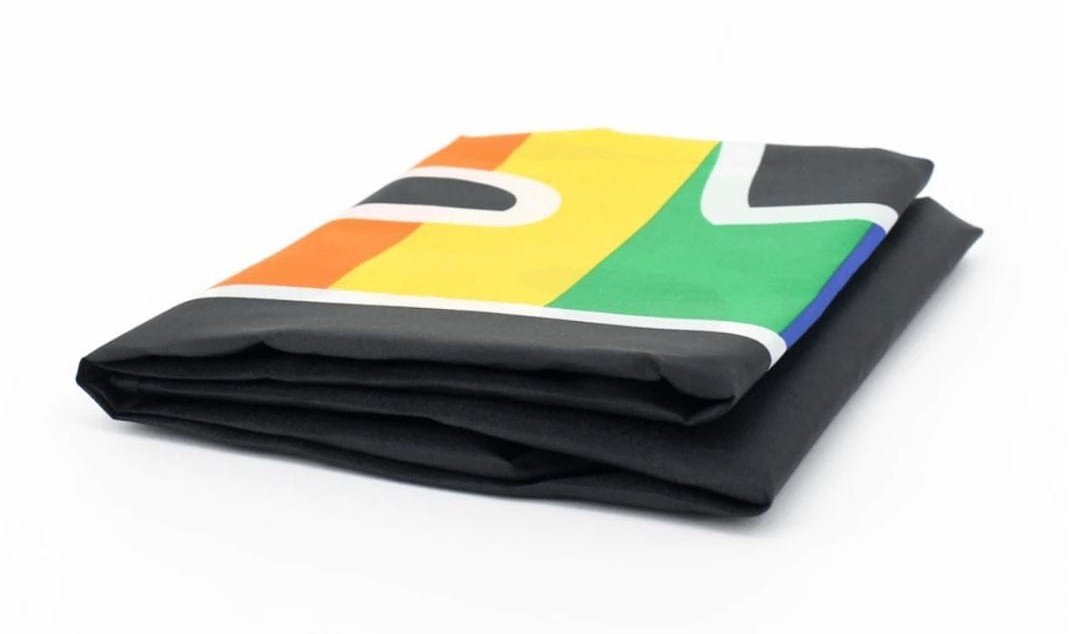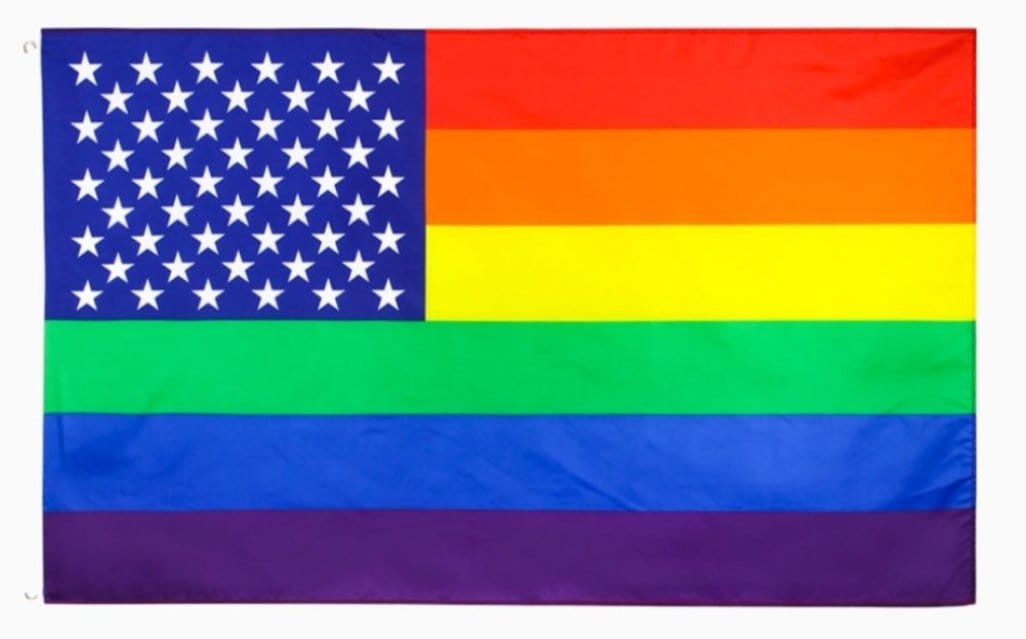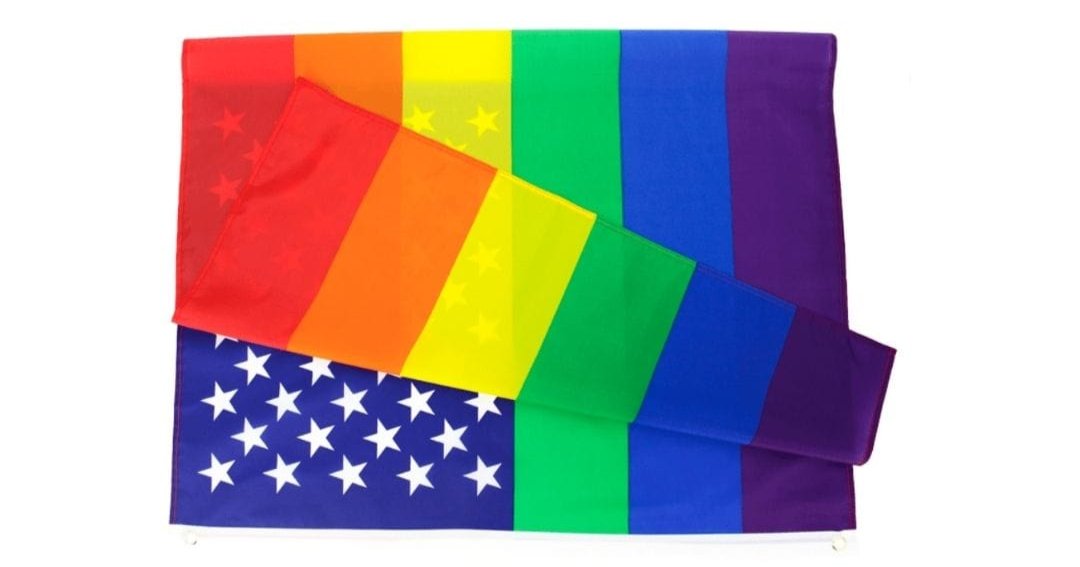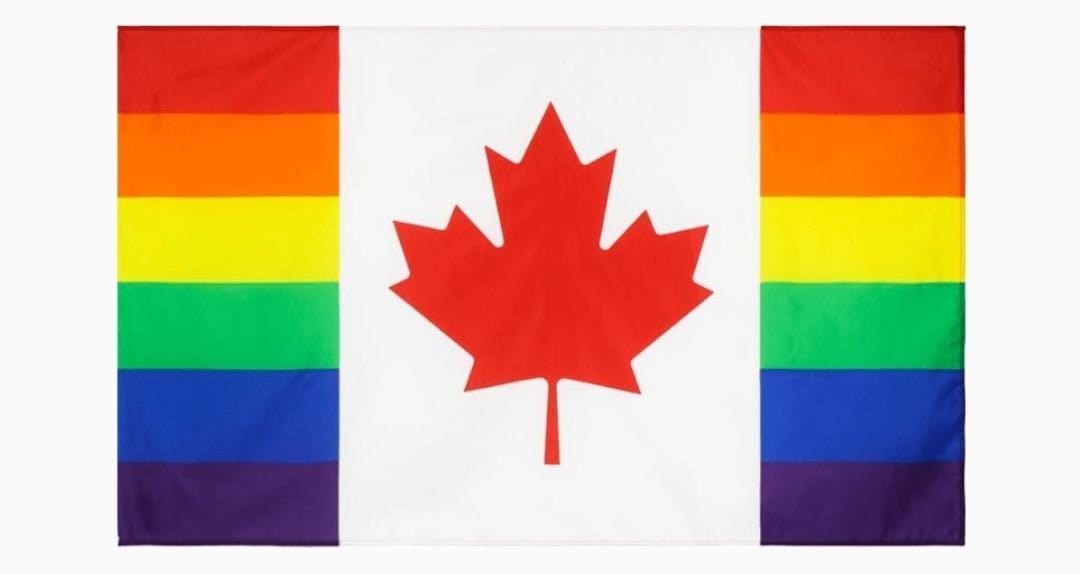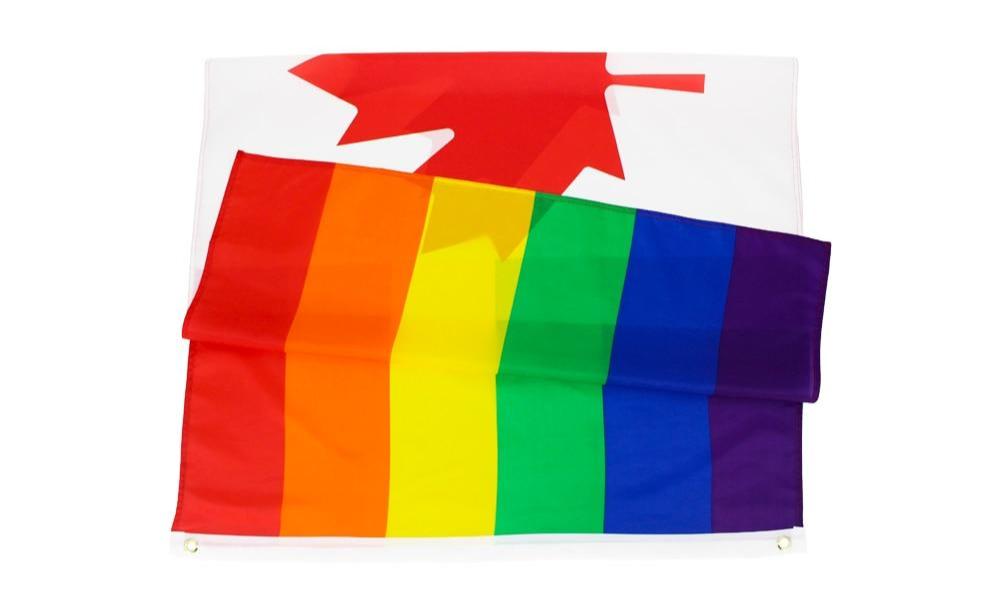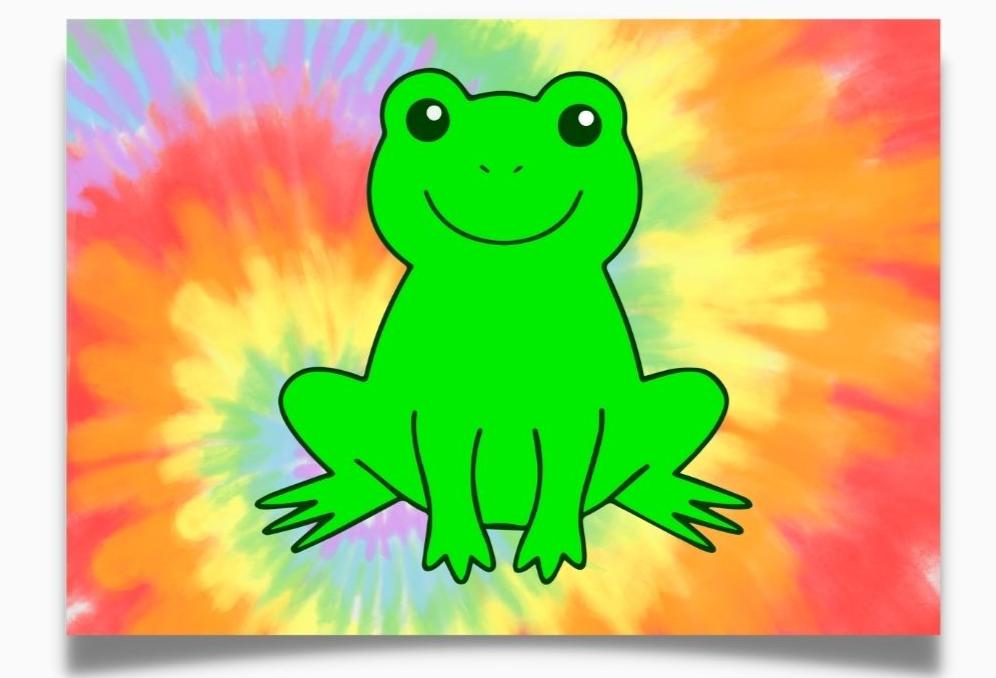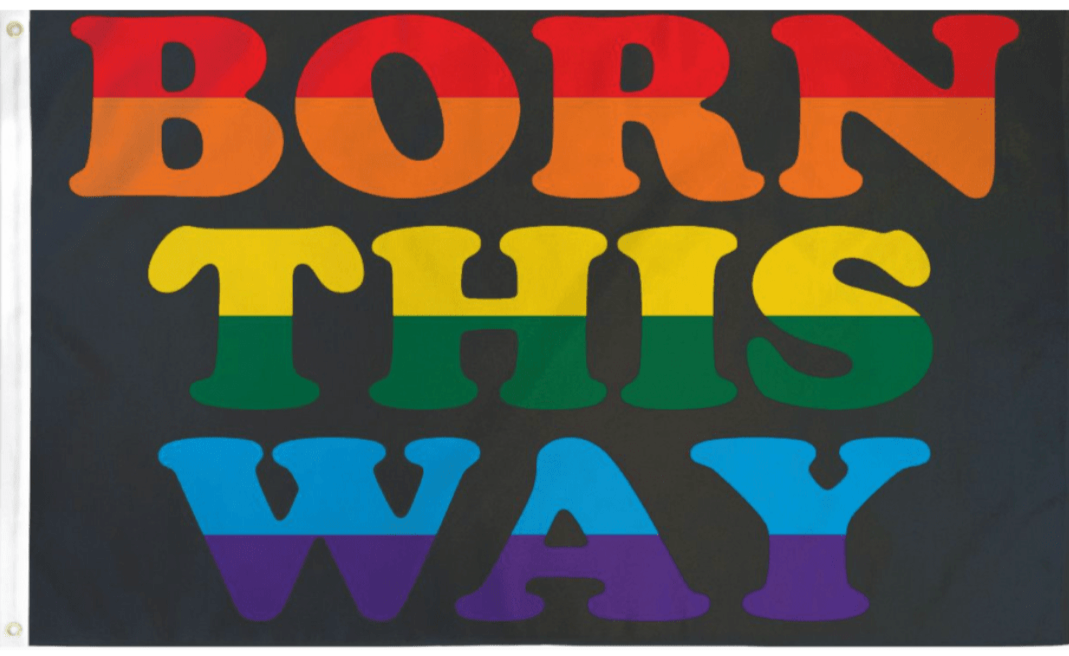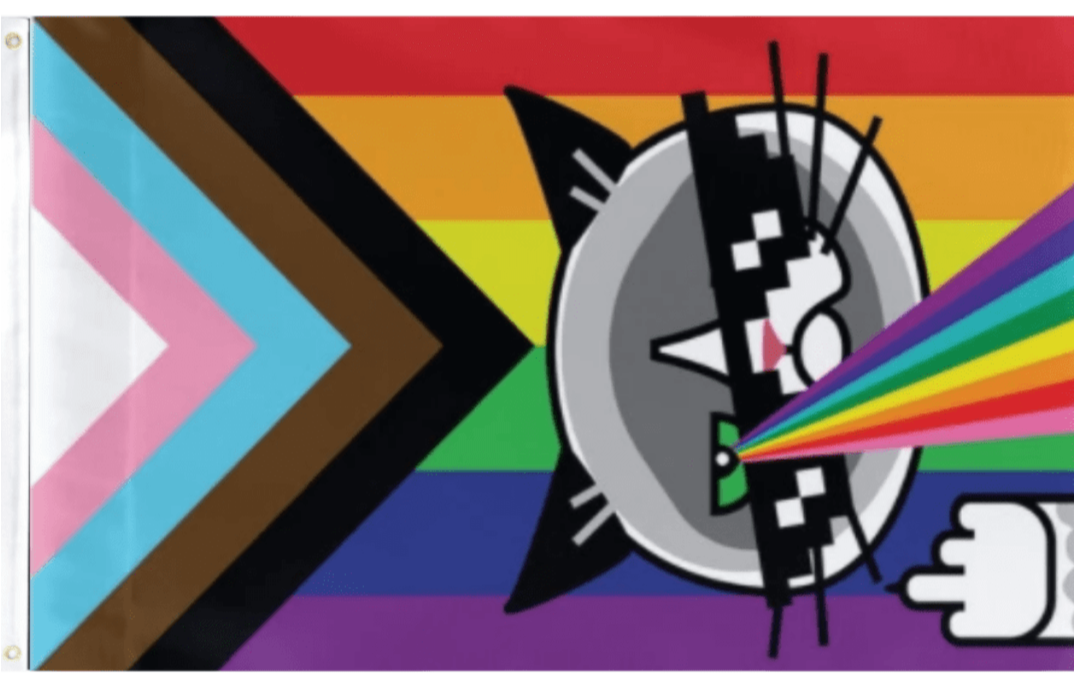In the past decades, artists and designers have created a plethora of flags to represent each sexuality. These flags have served as symbols of pride for the LGBTQ+ community and allies to rally behind. However, as simple as flags may seem, every one of them has specific colors and patterns that symbolize deeper meanings. One of the most simple, yet deep and complex designs, is the agender pride flag. From the mystery behind the artist to its unique meaning, the agender pride flag deserves its recognition as one of the most interesting flags out there. Most importantly, its fast rise in popularity represents the rise of a wonderful agender community. Here are some facts!
Agender definition:
Let's start with the basics. Agender stands for those who don't identify with any particular gender. Agender individuals often identify as having no gender, although some consider their gender to be neutral.

A range of options:
Agender individuals do not just identify as having no gender or being gender-neutral. According to Gender Wiki, these are what people who identify as agender describe themselves as.
- Gender-neutral. This may be meant in the sense of being neither man nor woman yet still having a gender.
- Neutrois or neutrally gendered.
- Having an unknown or undefinable gender; not aligning with any binary or non-binary gender.
- Having no other words that fit their gender identity.
- Not knowing or not caring about gender, as an internal identity and/or as an external label.
- Deciding not to label their gender.
- Identifying more as a person than any gender at all.
“Agender people define their gender in a variety of ways. Some agender people define their gender as being neither a man nor a woman while others understand themselves as not having any gender at all.”
– The Transgender Language Primer.
Its creation:
Like with the rise of many of the famous pride flags we see today, we can thank the online community for the agender pride flag. The flag first surfaced on Tumblr in 2014. Its creator is Salem (they/she), an agender and panromantic demisexual artist in New York, who designed and posted the flag when they were just 20 years old.
The mystery behind the artist:
Salem said they created the flag to raise visibility and reclaim their own identity. Soon after, however, as the flag was on its way to becoming the major symbol for the agender community, Salem disappeared from the internet. But in 2018, Salem explained that they were going through a difficult period, and stated the following:
“I am so incredibly proud to see how far the agender flag has gone and I am also grateful to have grown so much as a person since hosting this blog.”
Meaning:
The agender pride flag is interesting in that it attempts to be an umbrella for all of the different identities under the term agender. Both black and white represent the complete absence of gender. Grey represents being semi-genderless. Green represents nonbinary gender because it is the inverse of purple.
under the term agender. Both black and white represent the complete absence of gender. Grey represents being semi-genderless. Green represents nonbinary gender because it is the inverse of purple.
Now that you know everything about the agender flag, here is the opportunity to get yours or any other pride flag! Right now, Pride Palace is giving buy one get one flags. Go here to buy yours today 🏳️🌈🙌🏻



